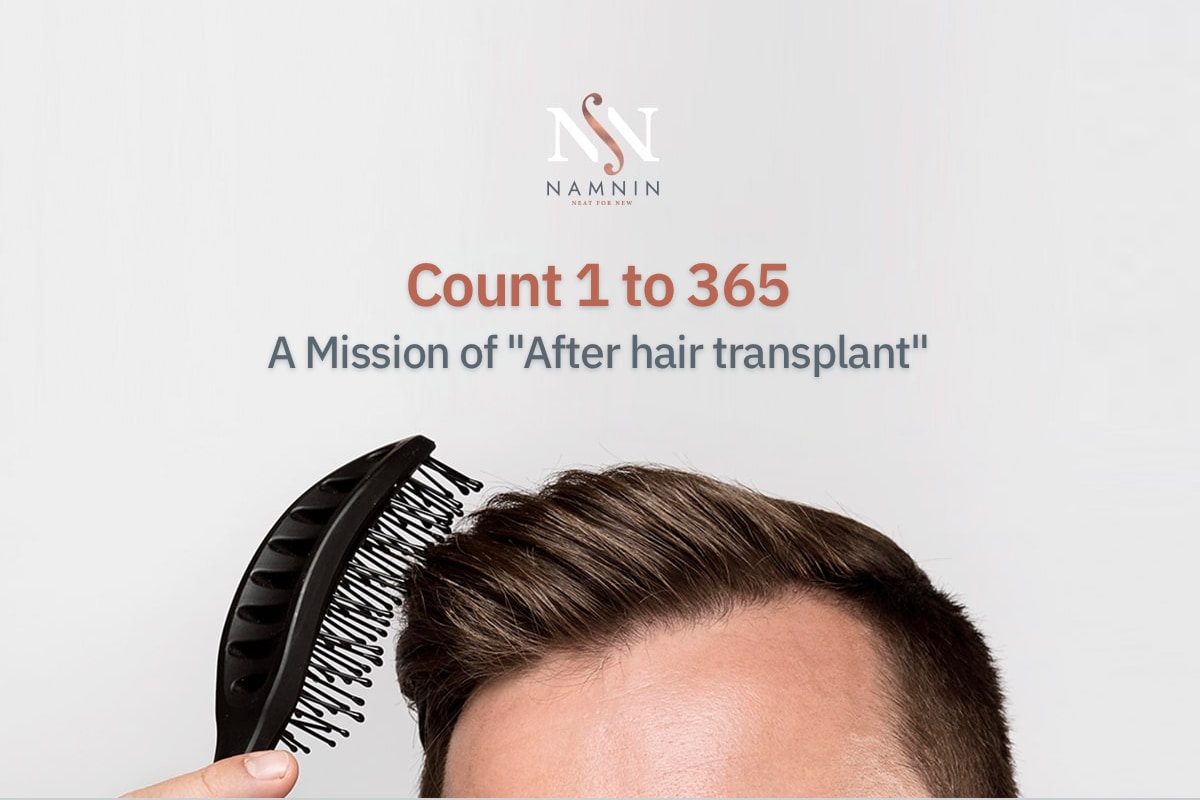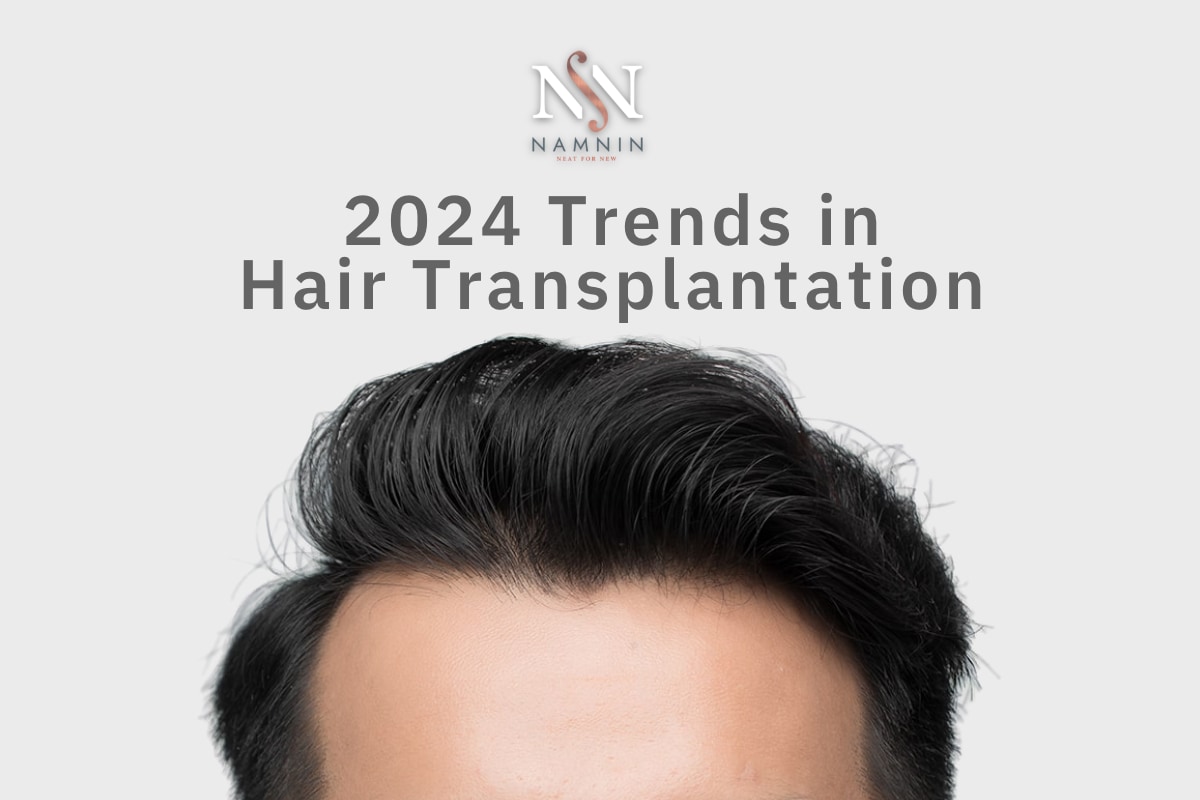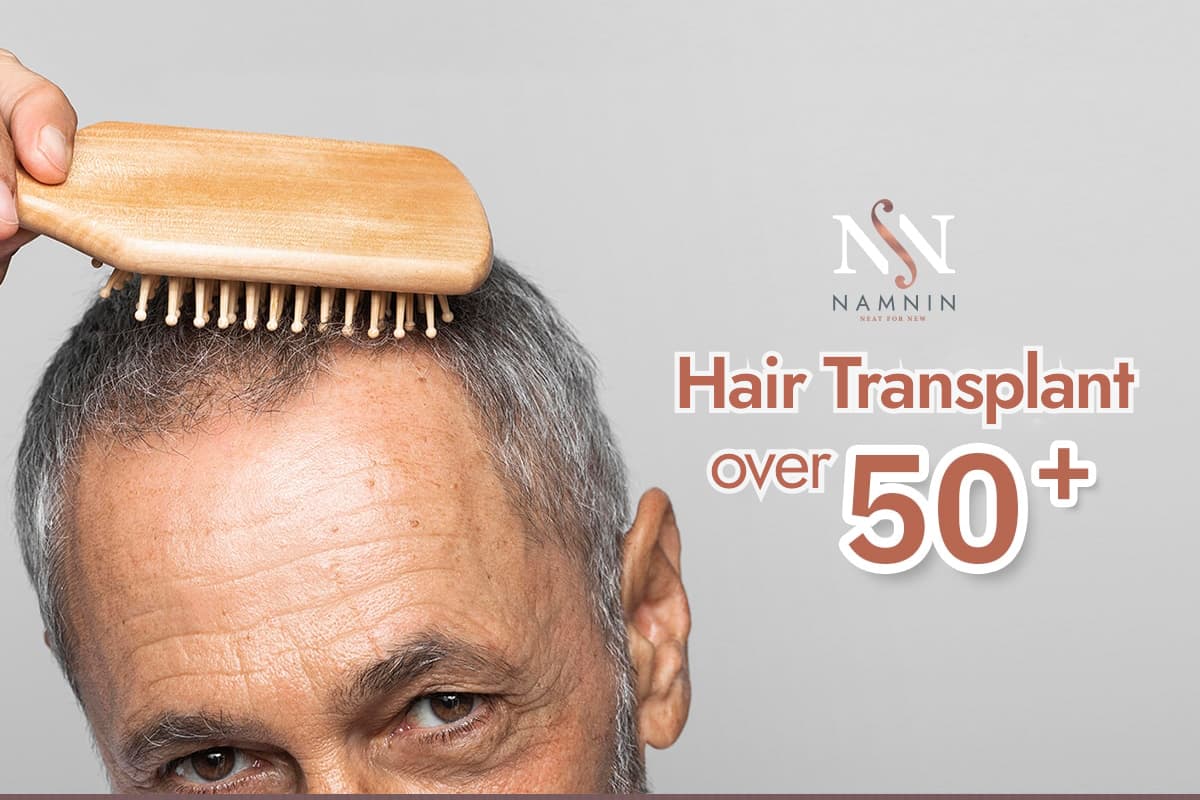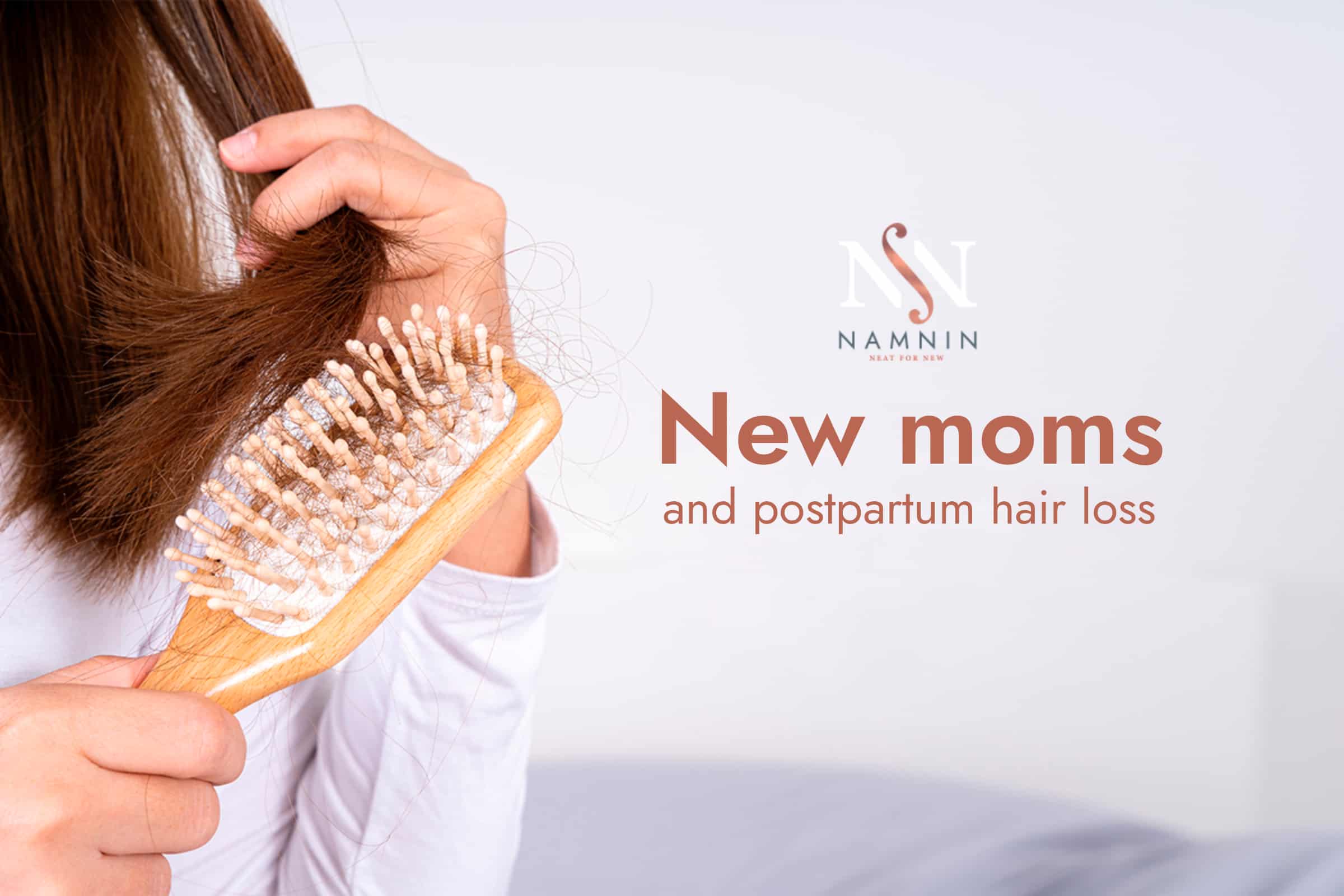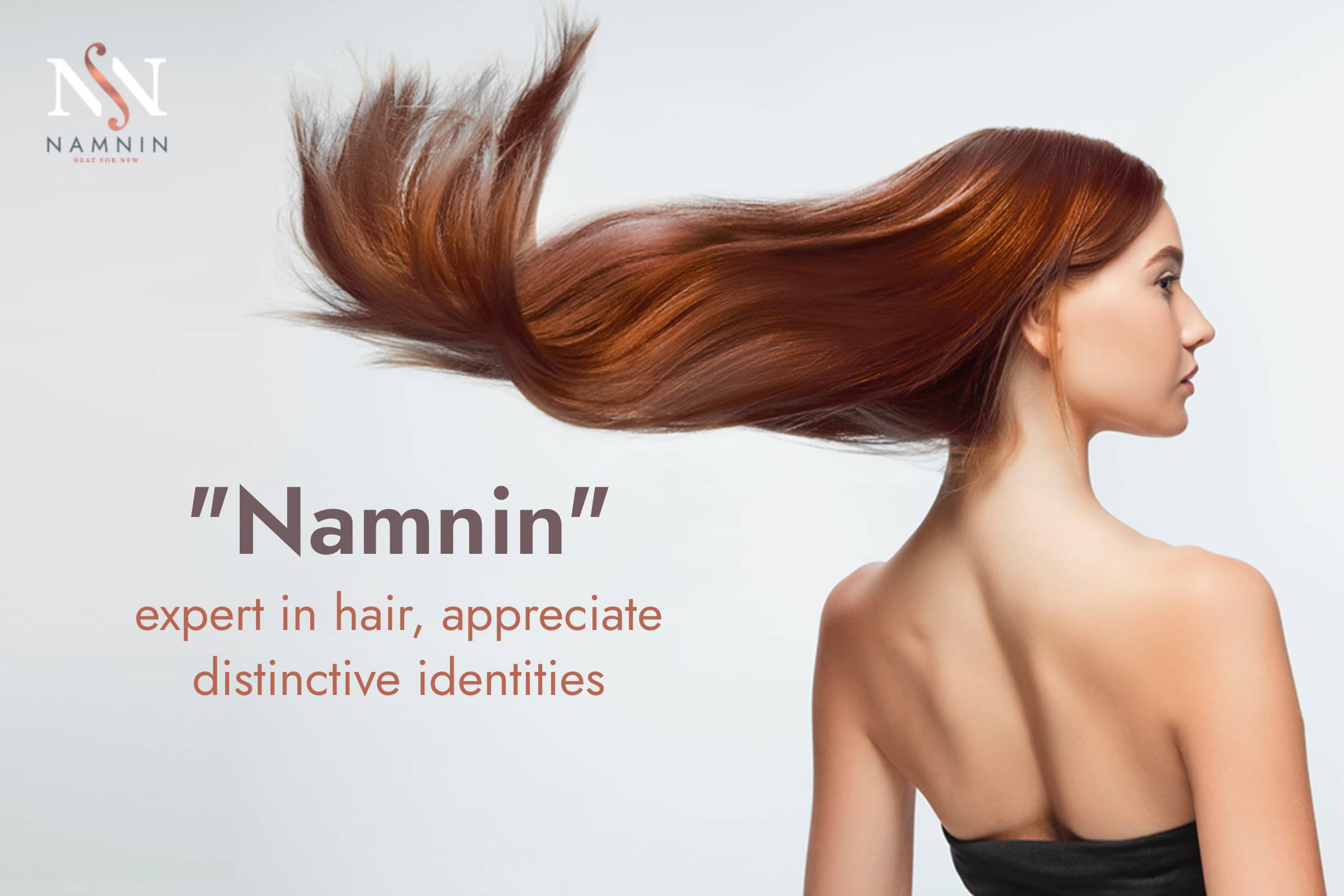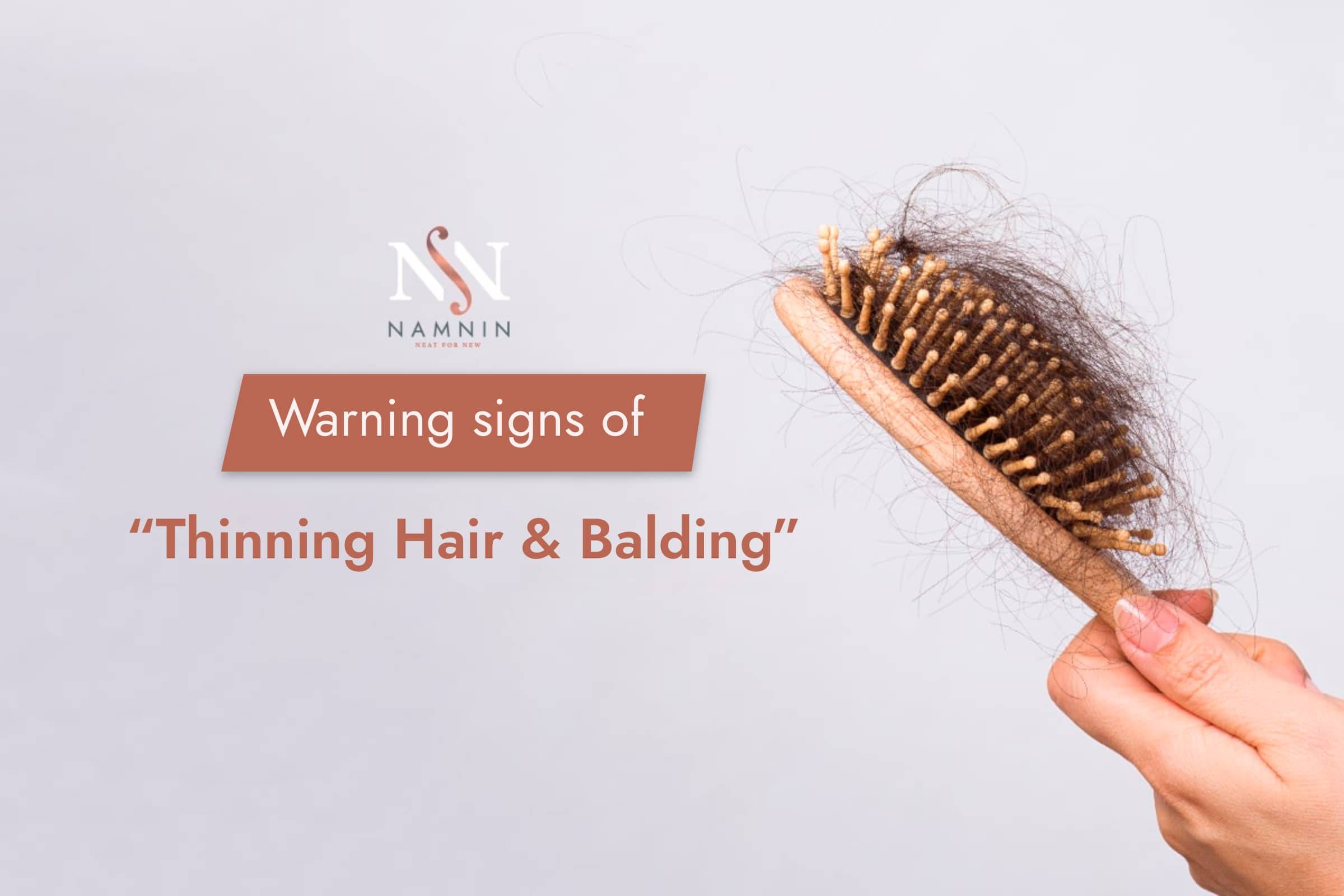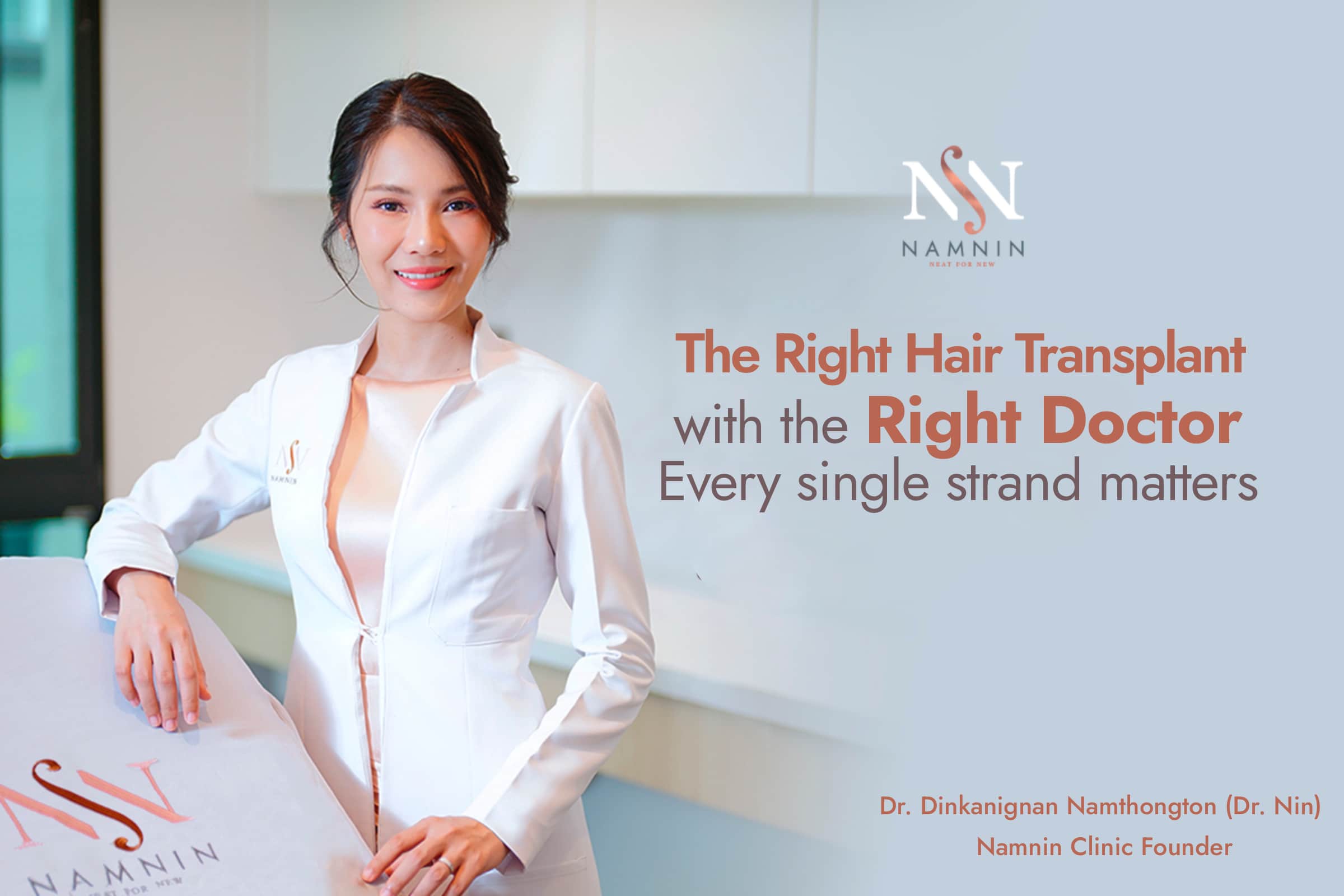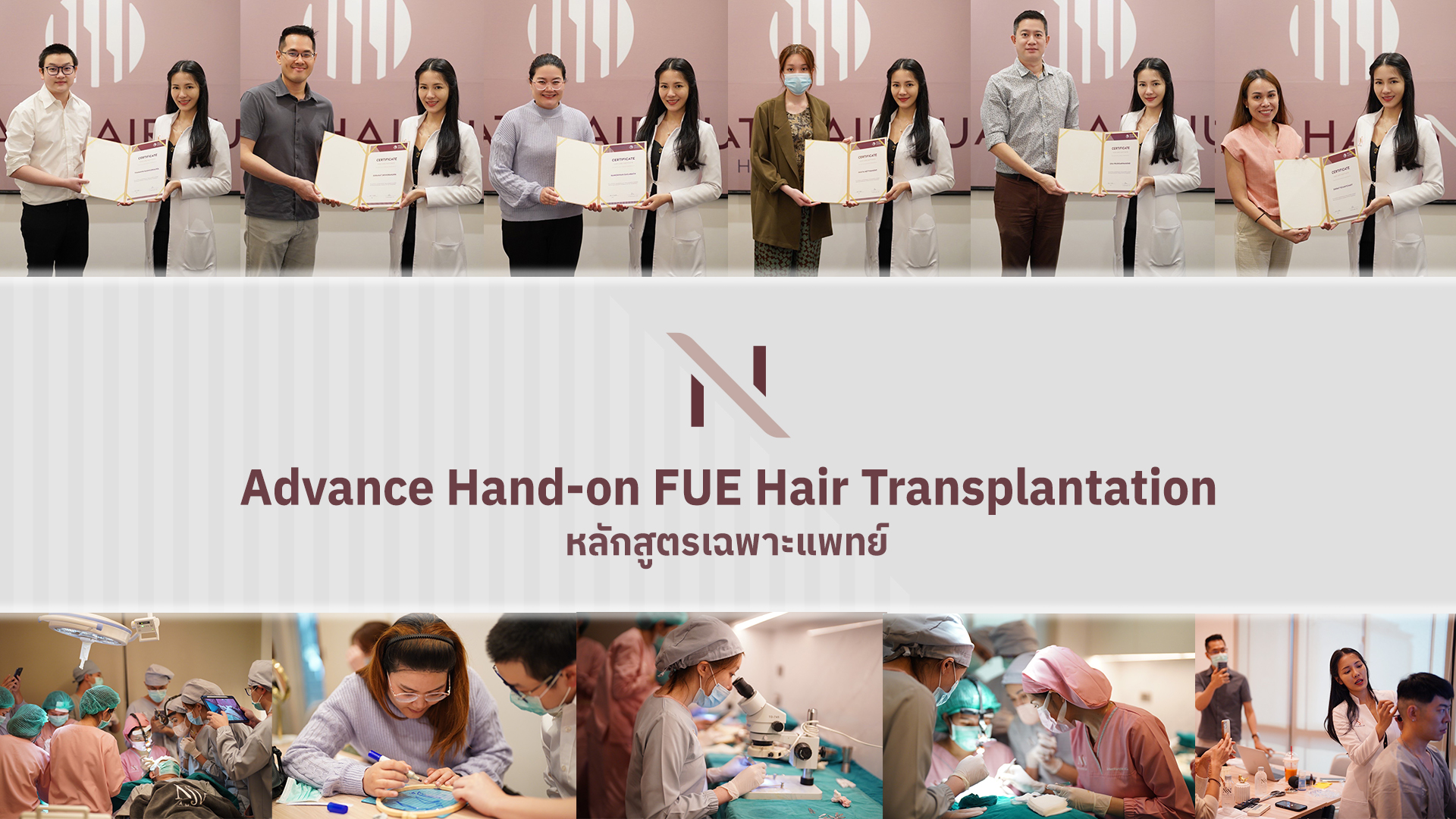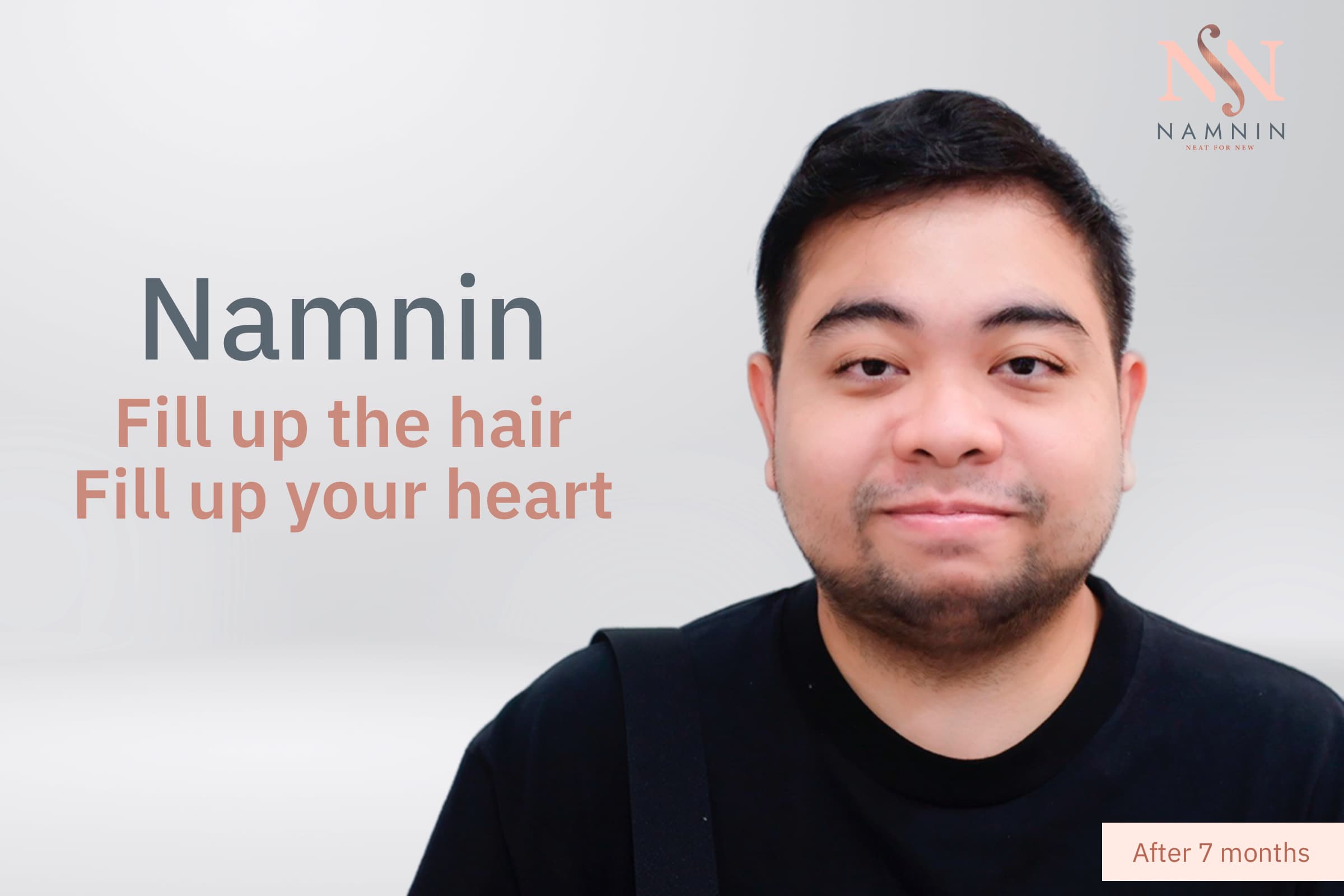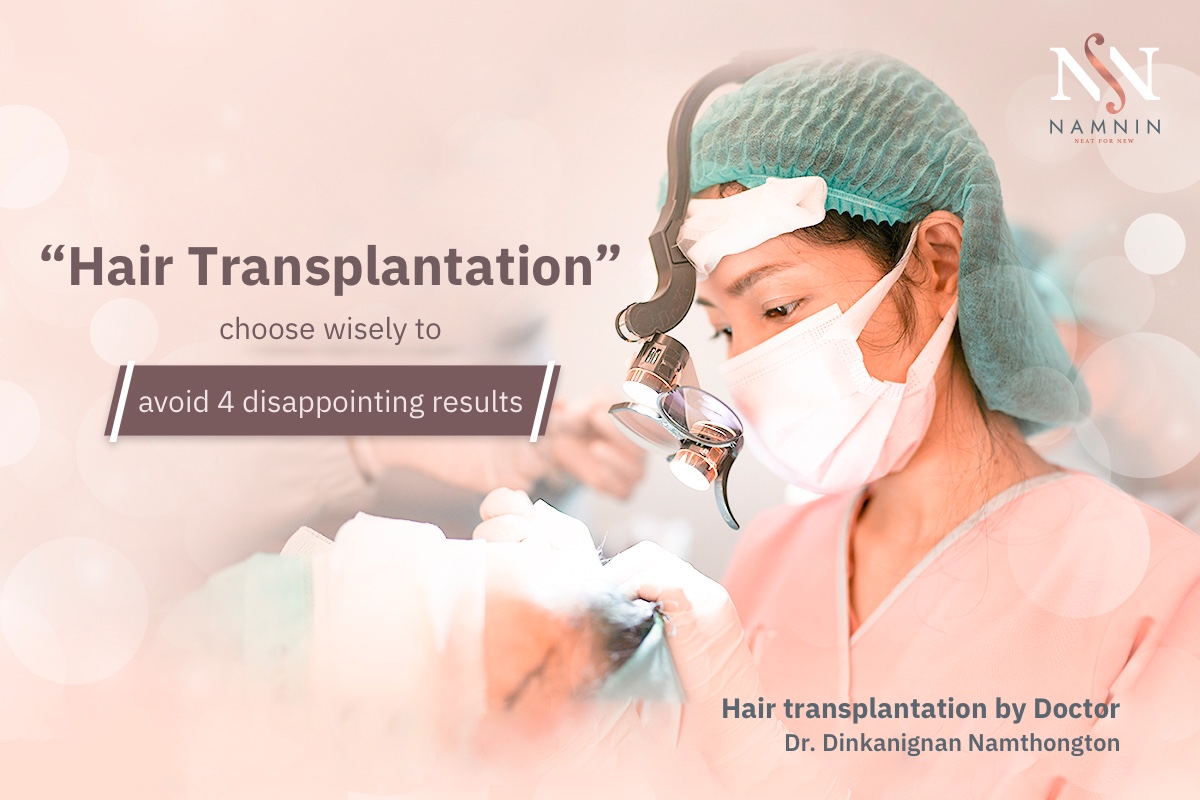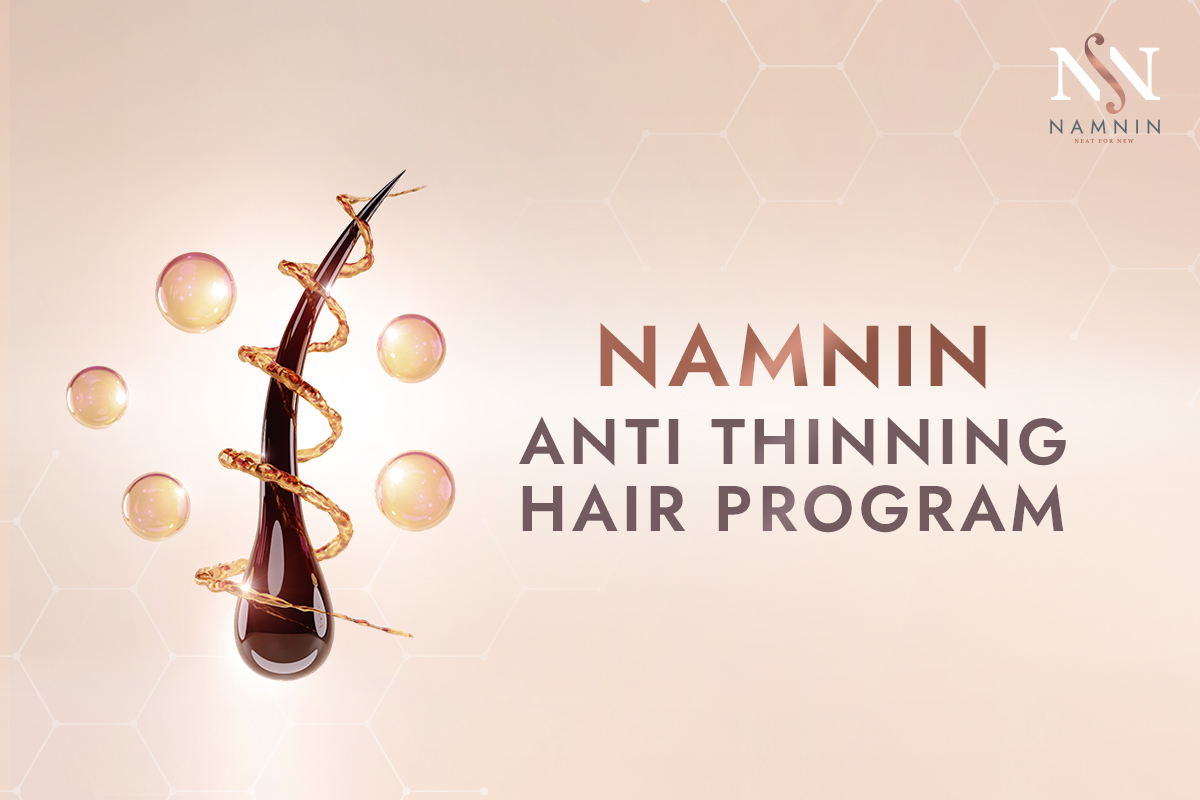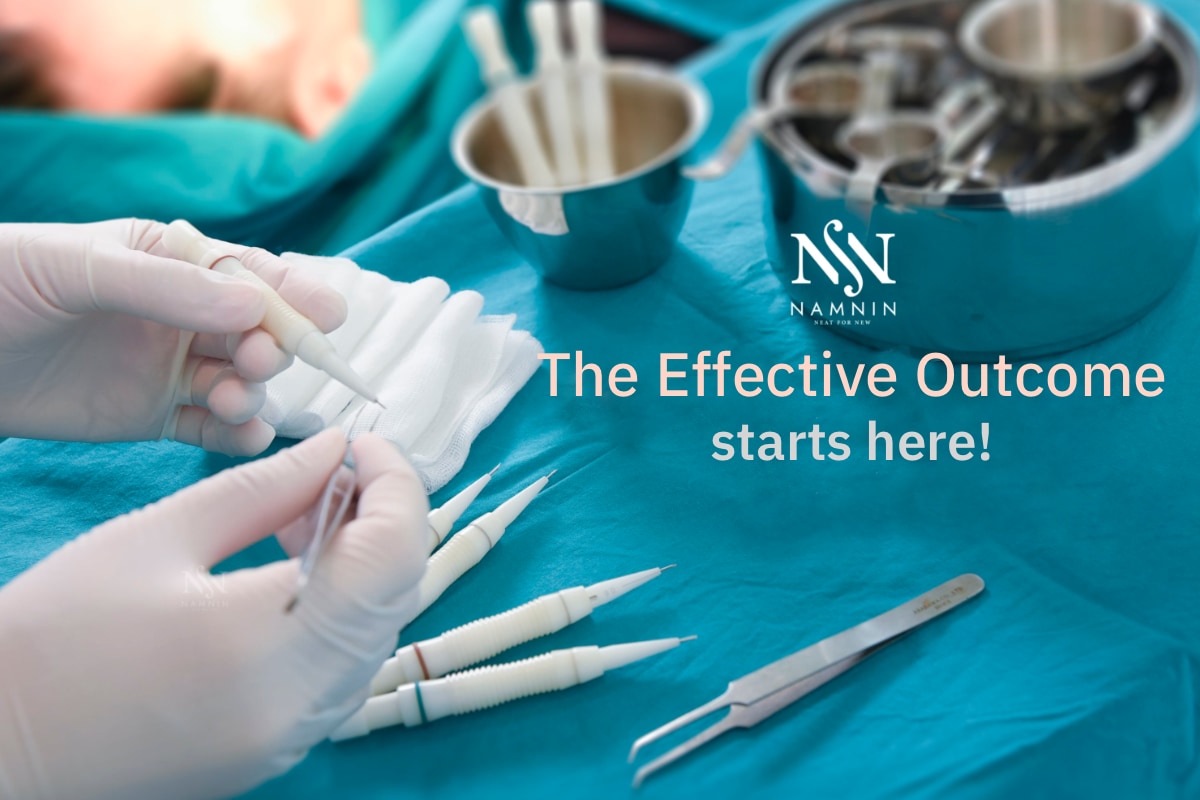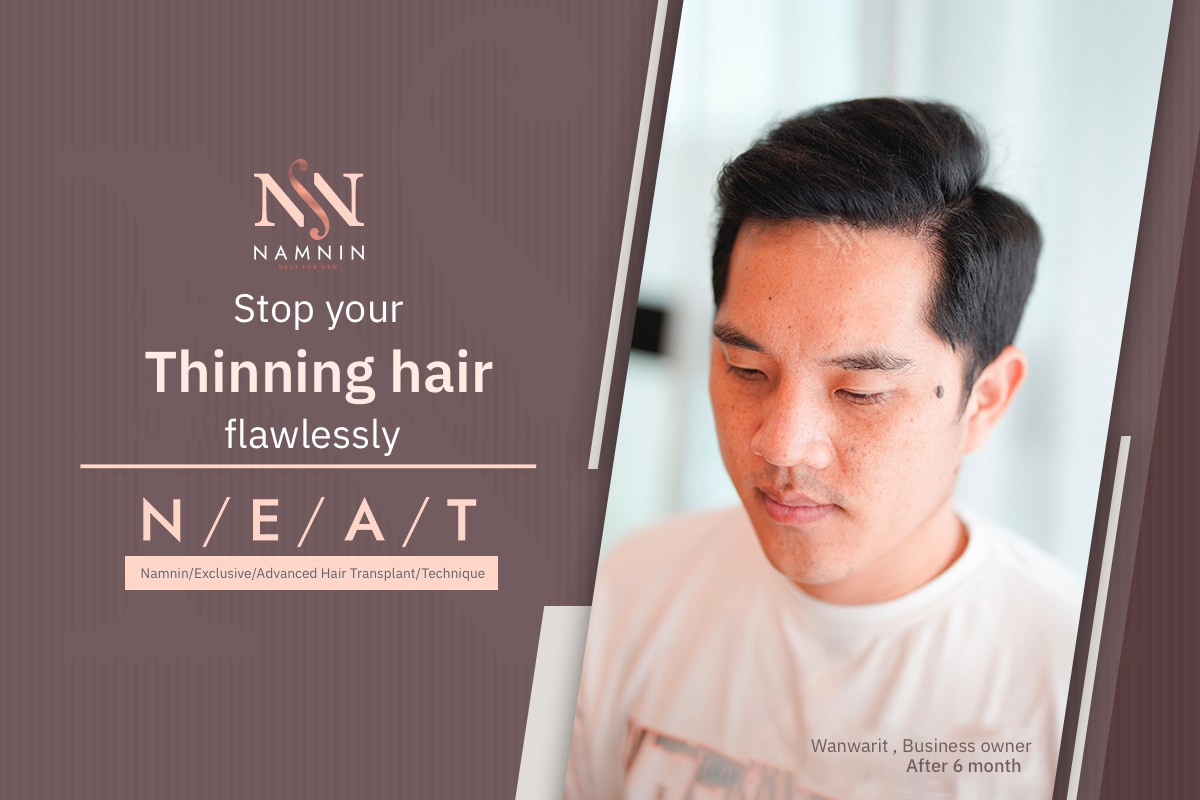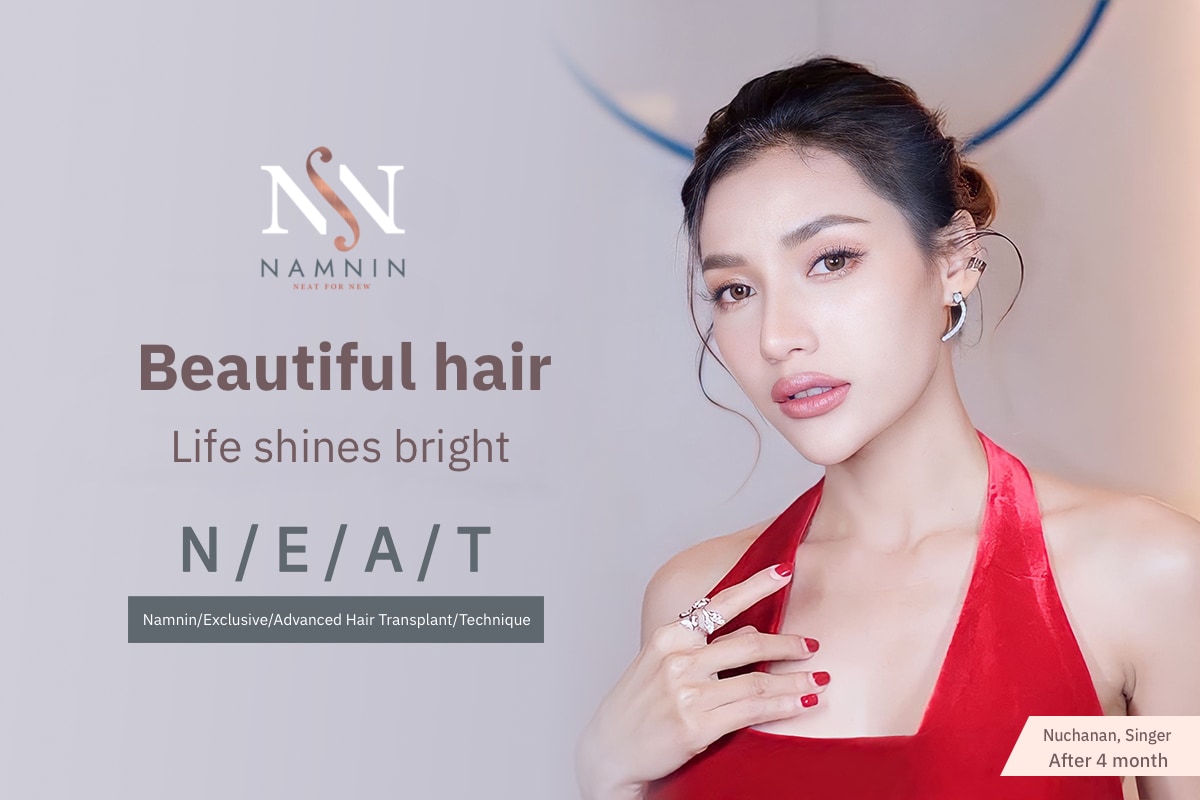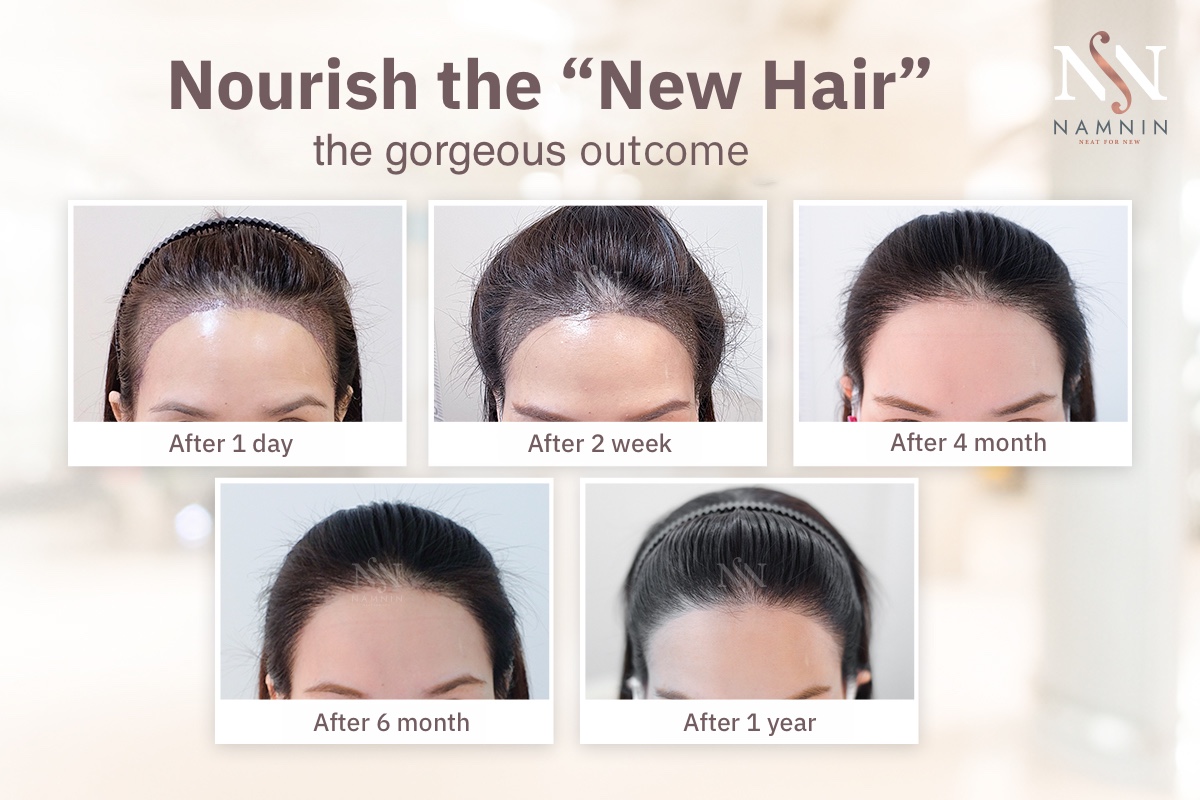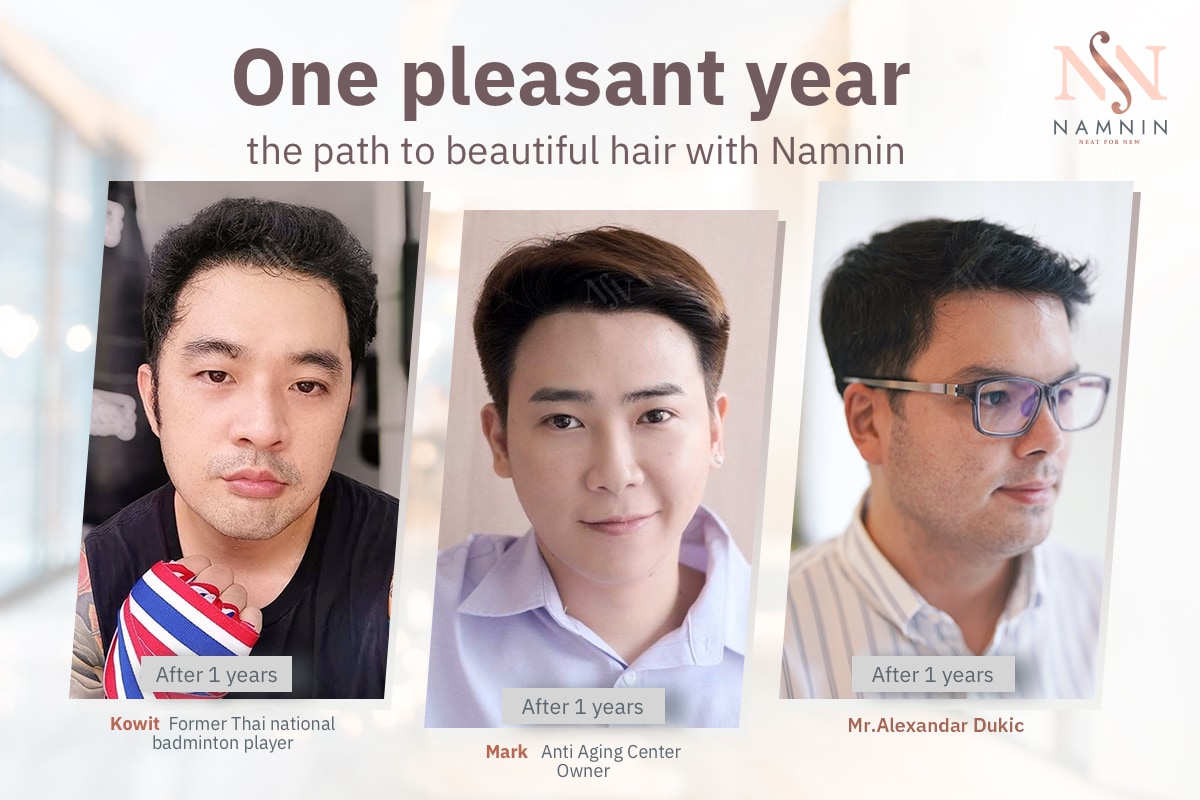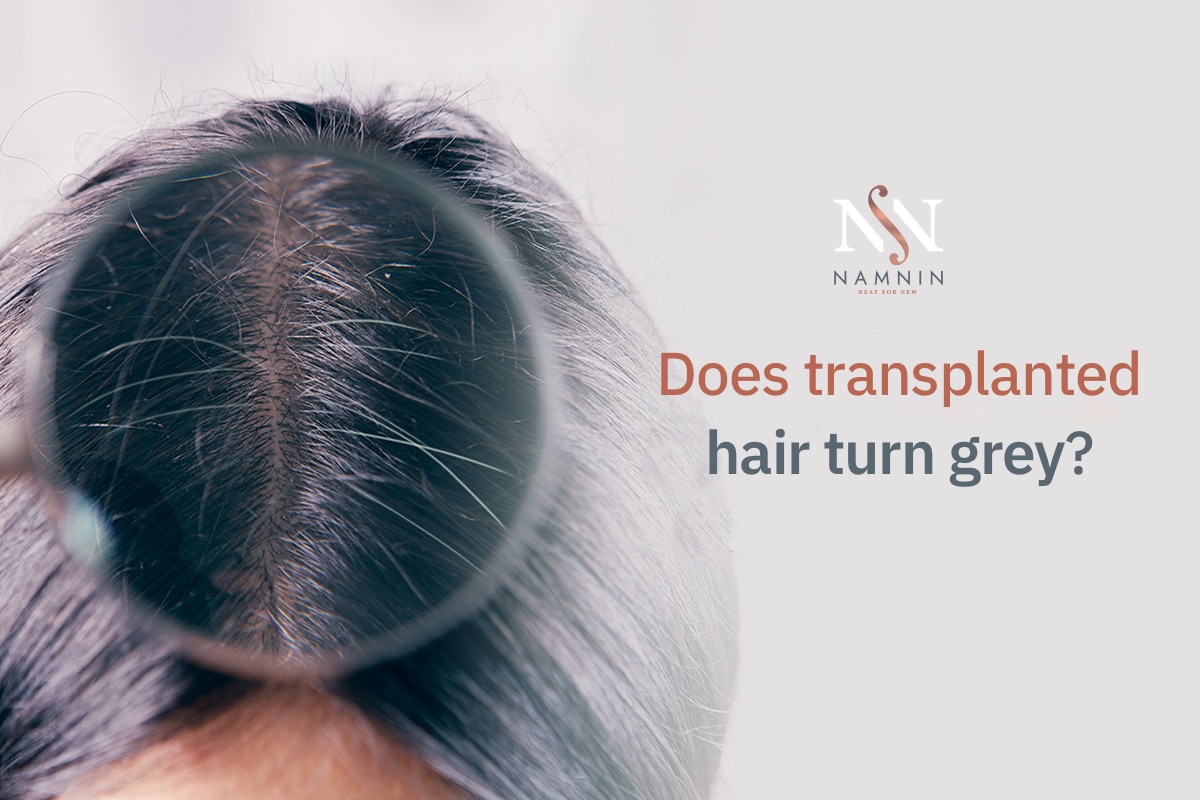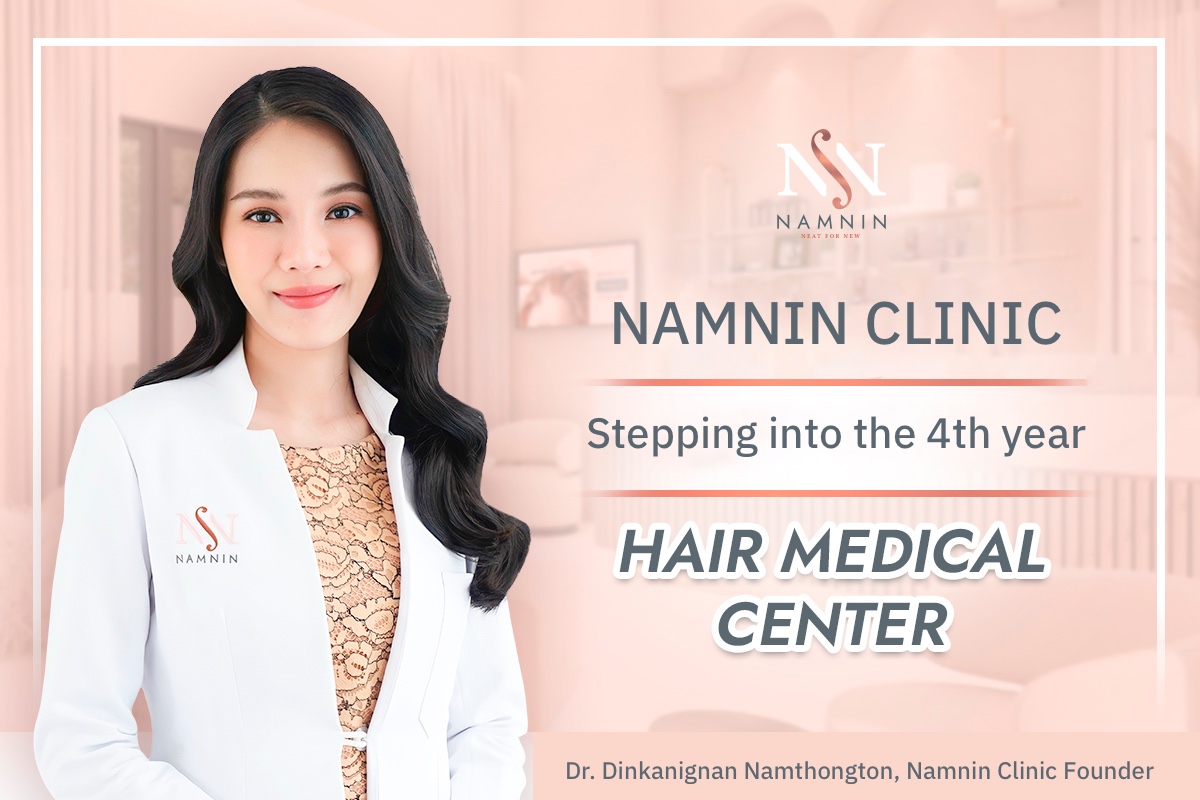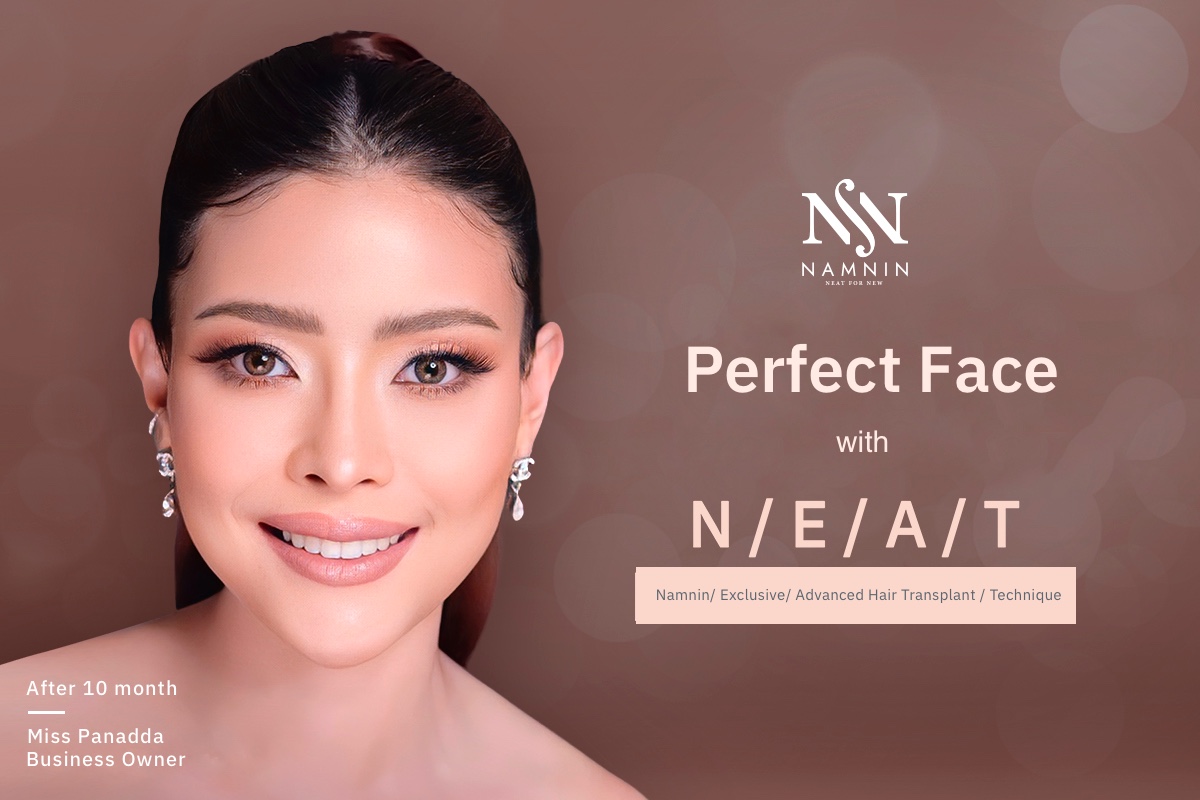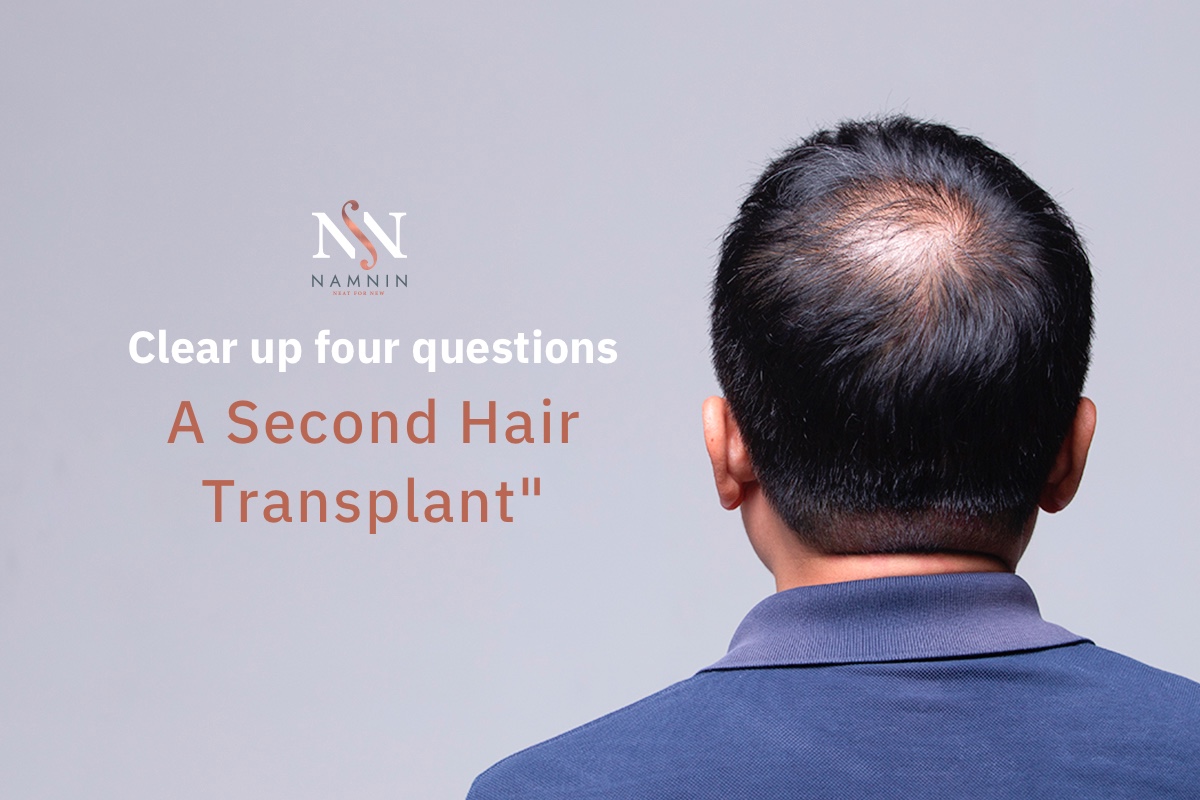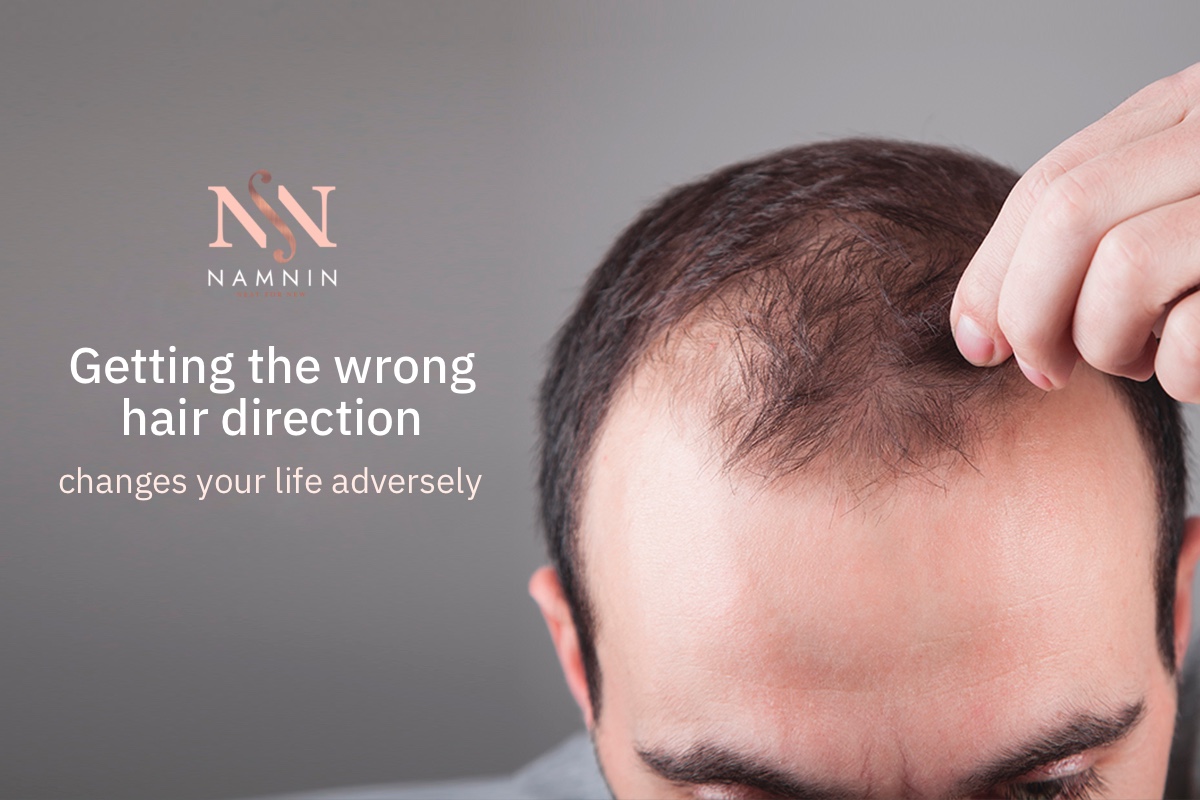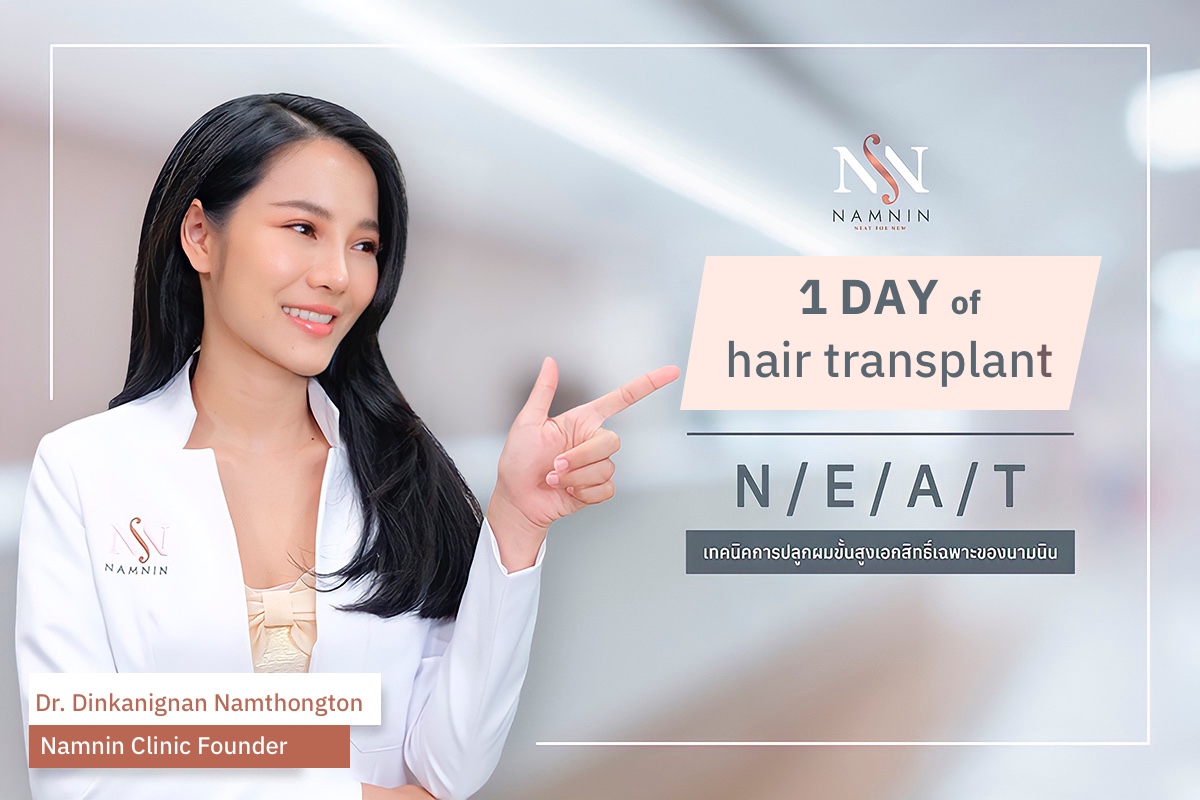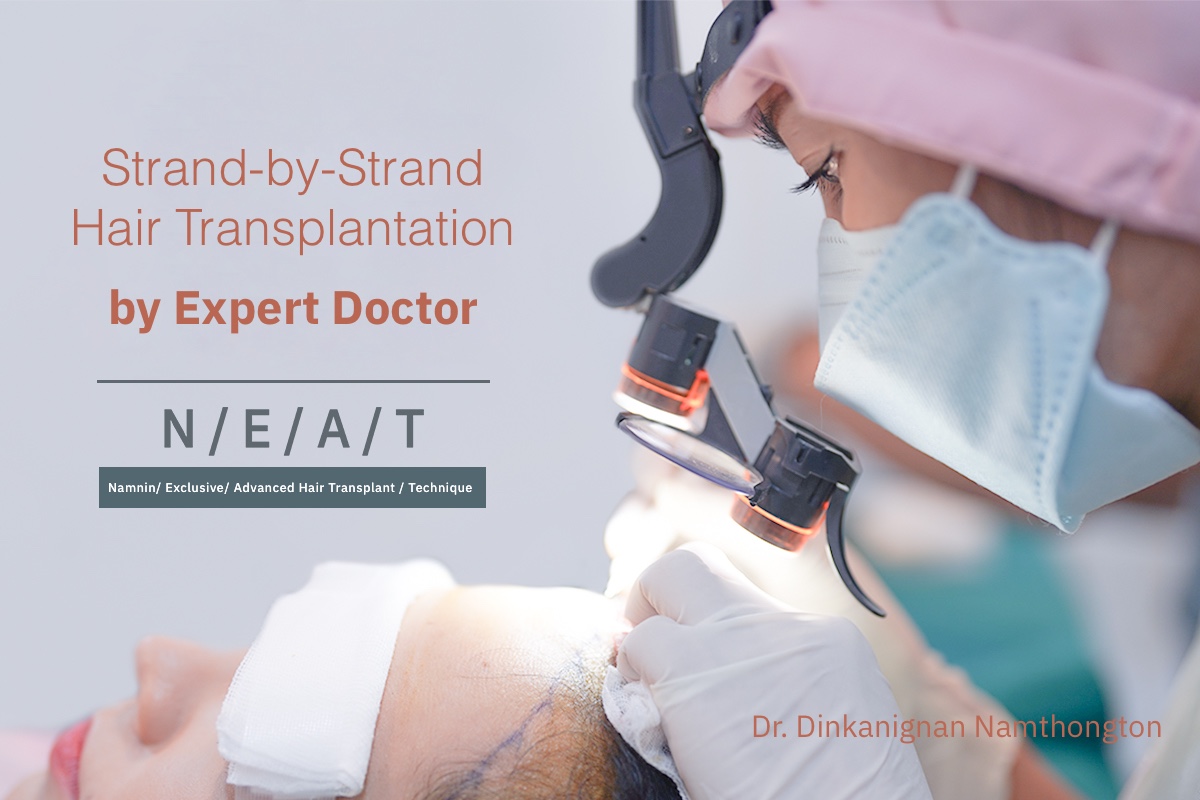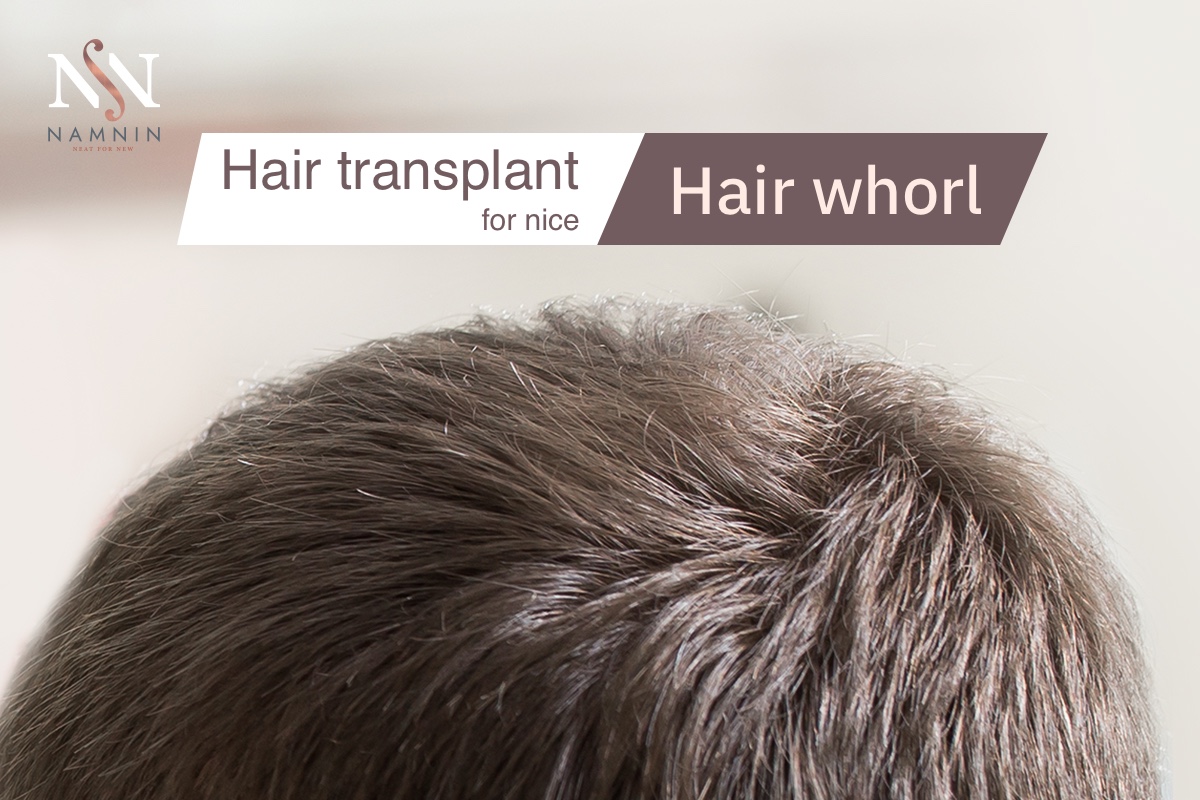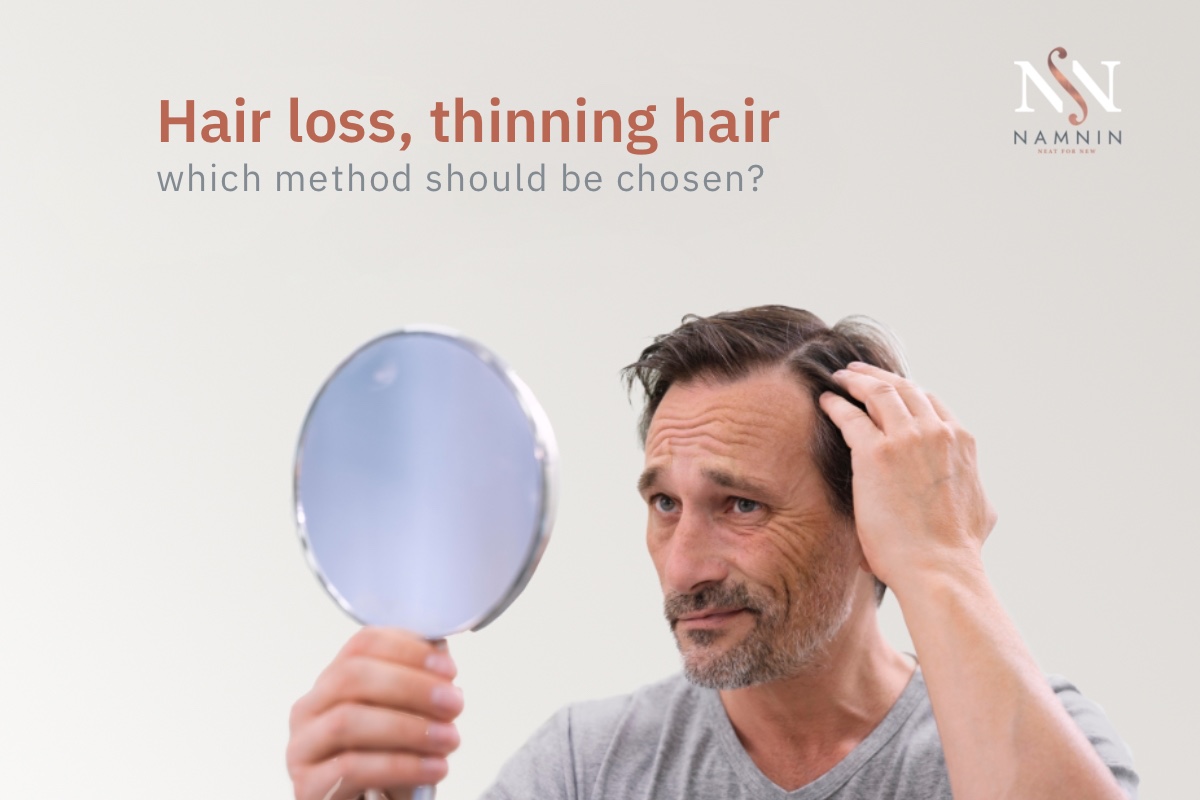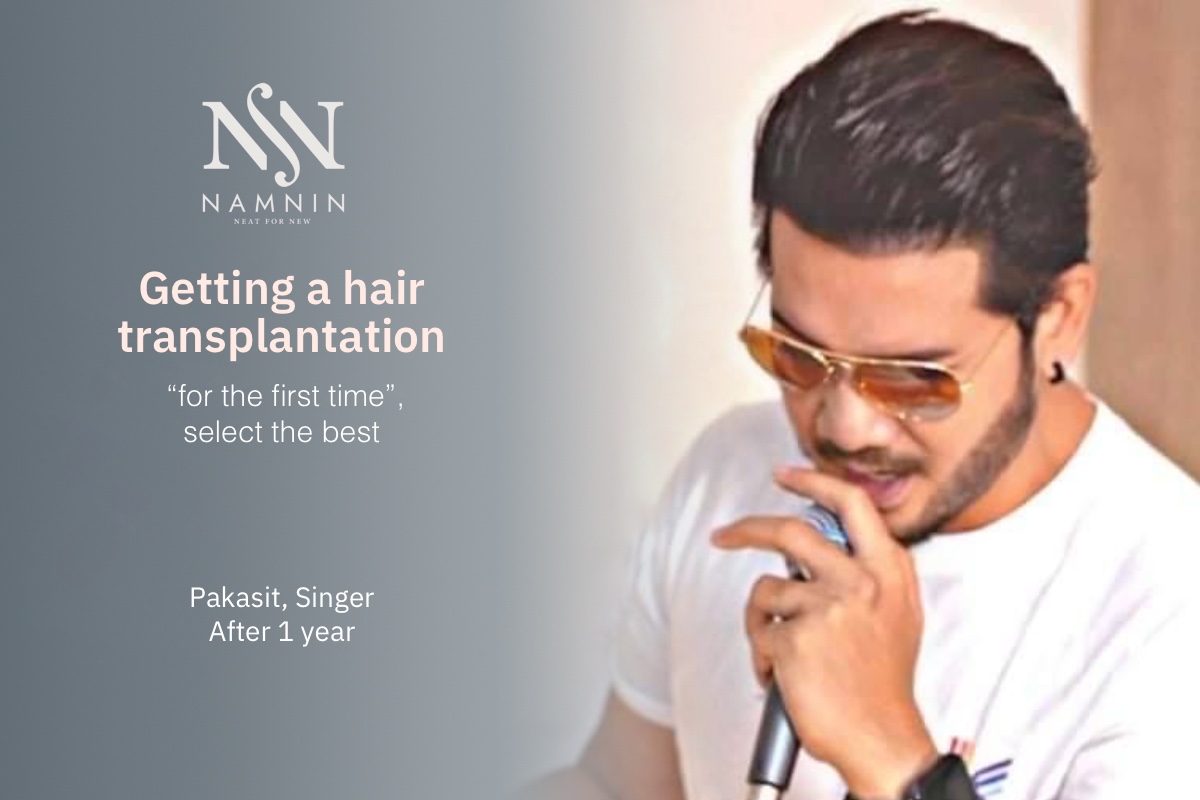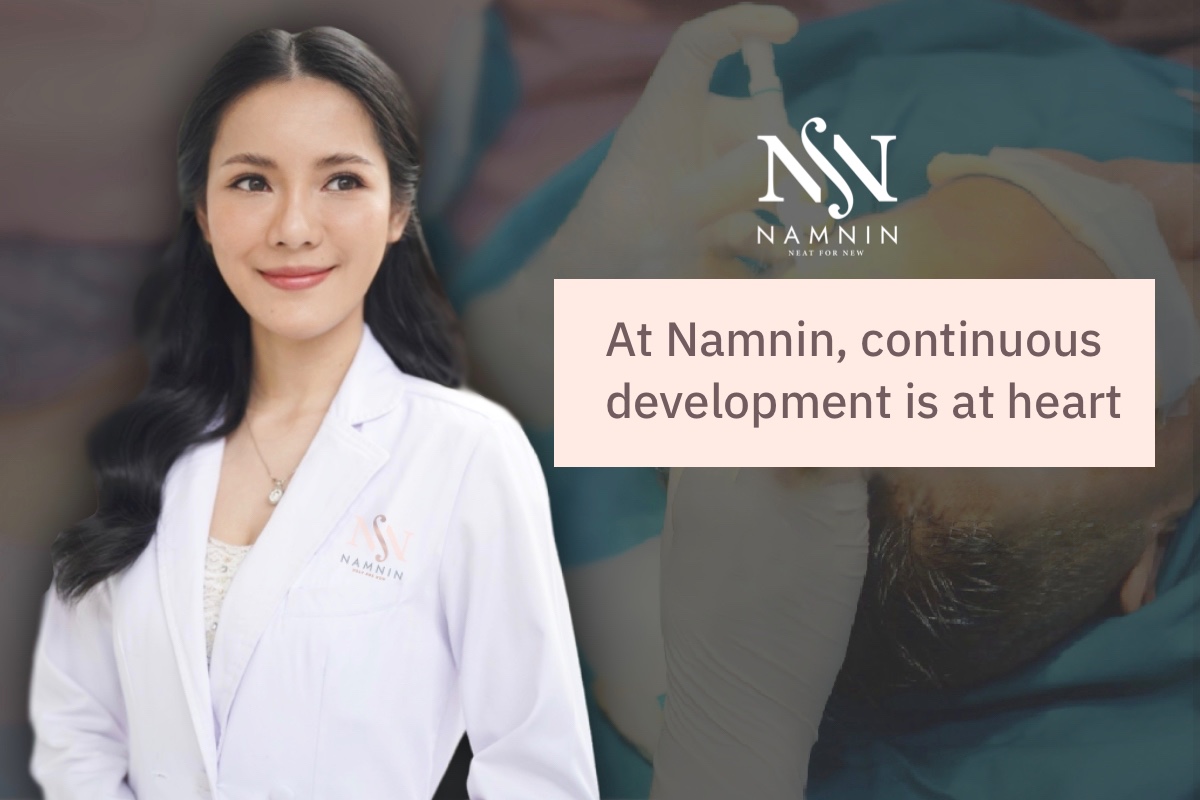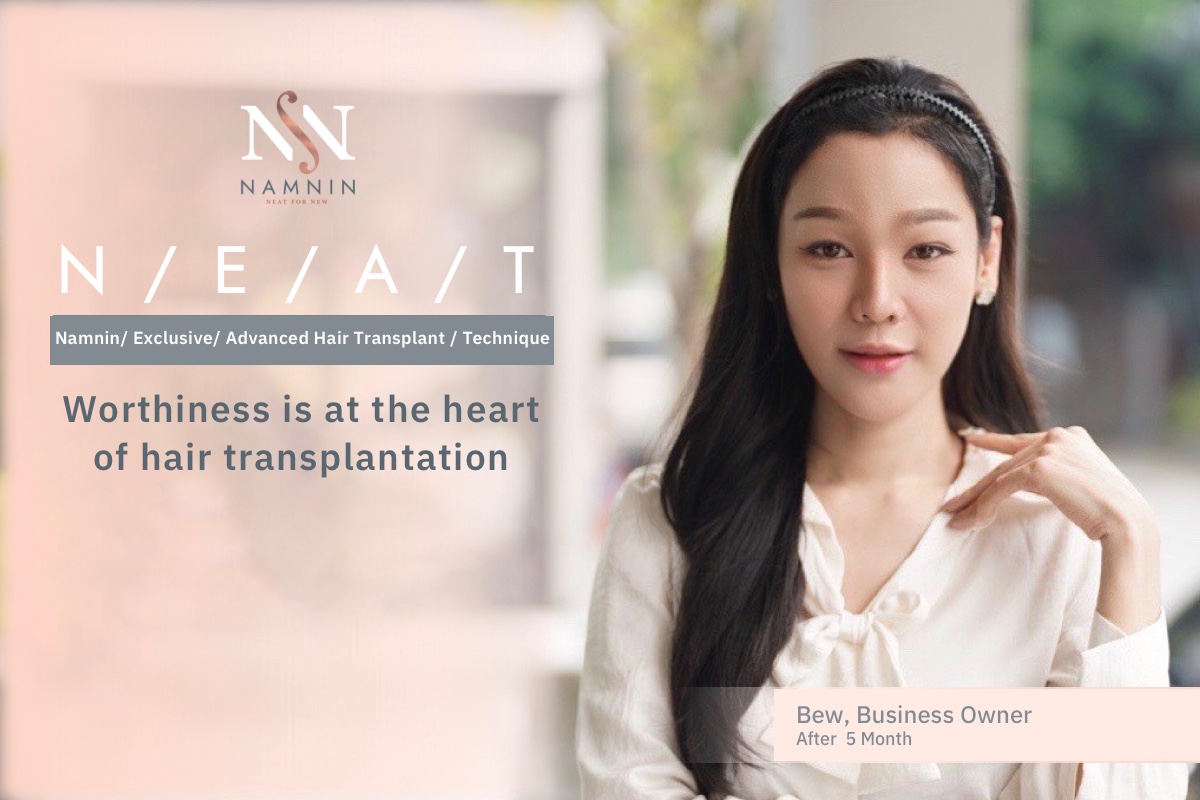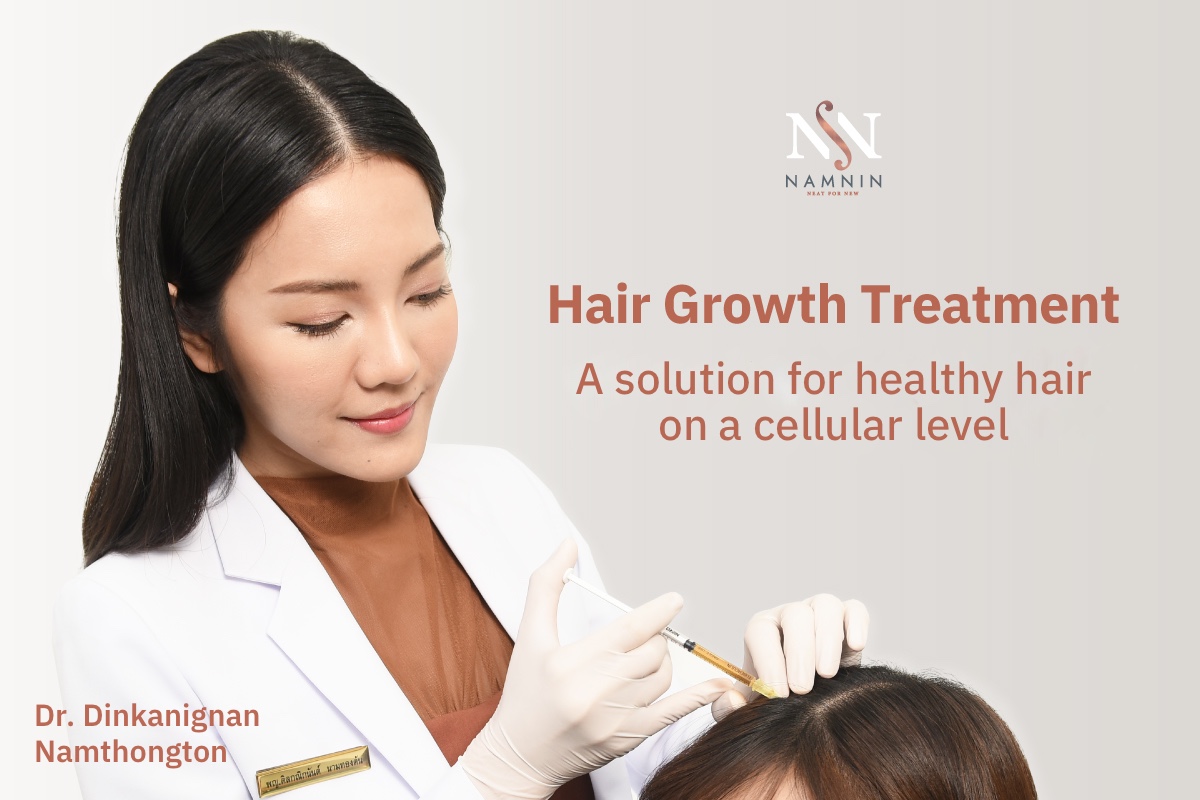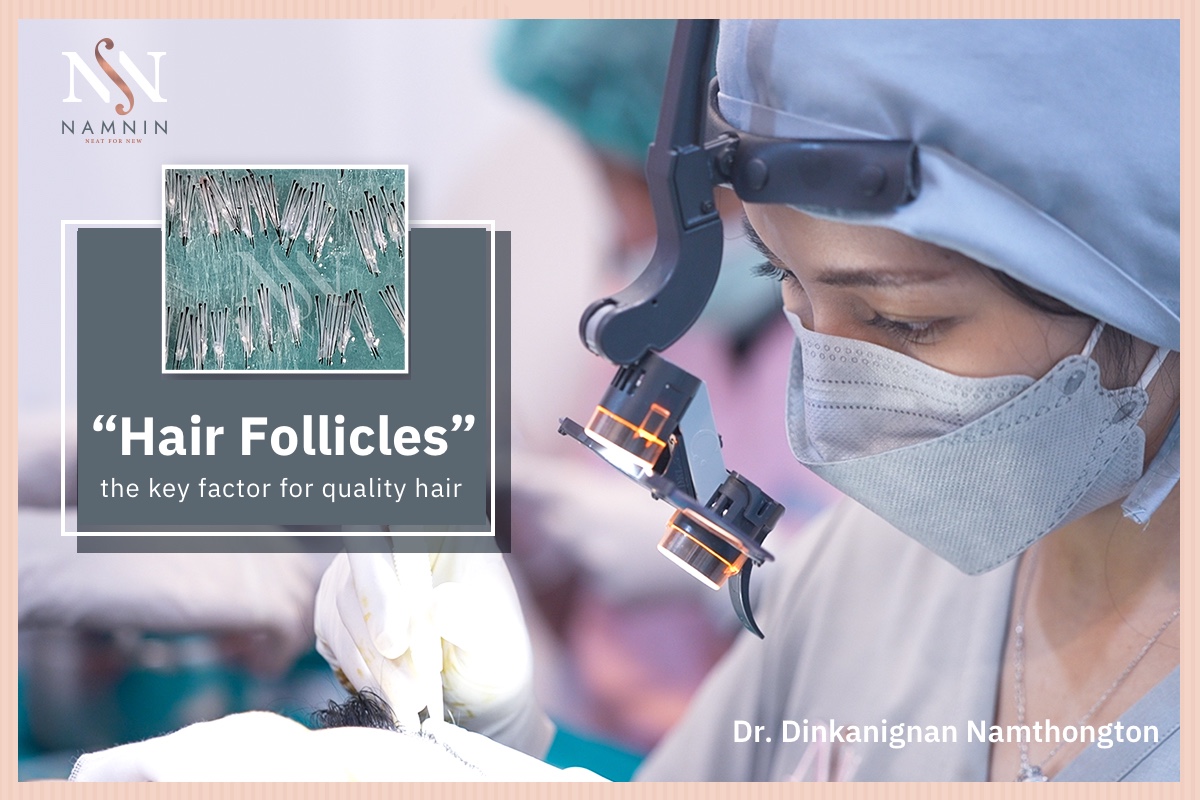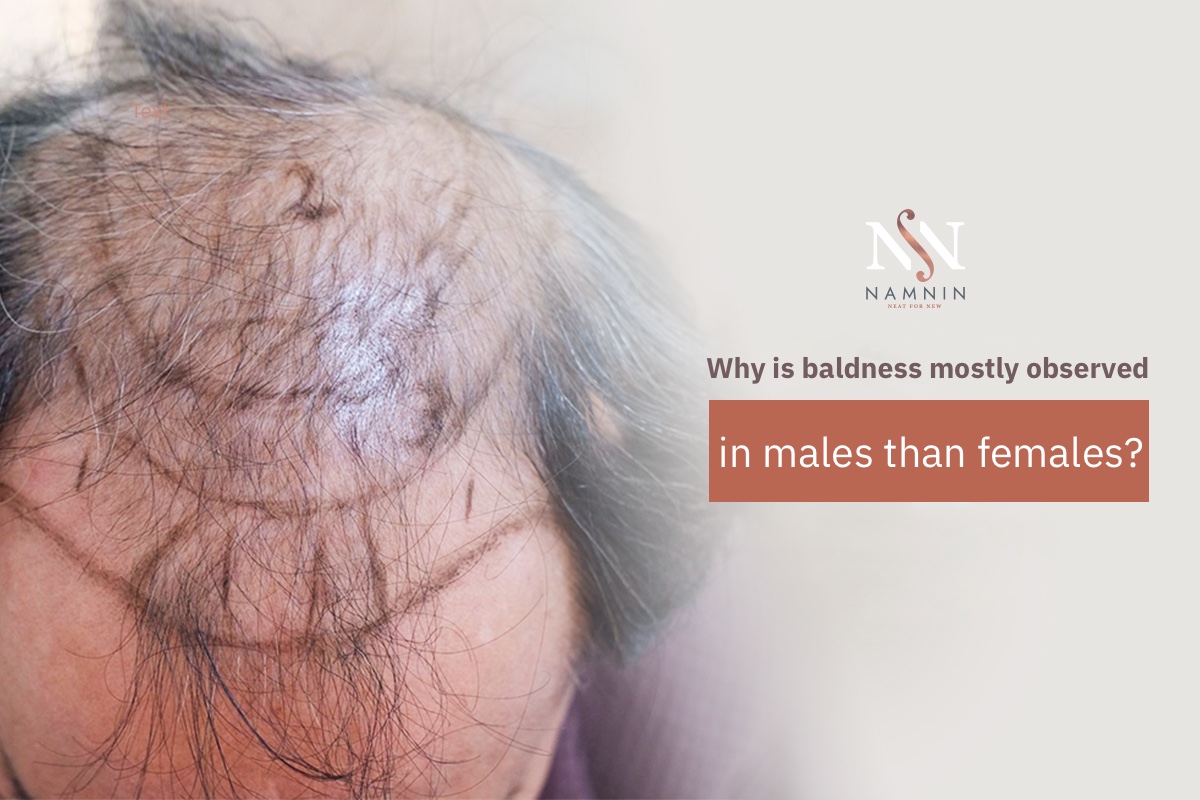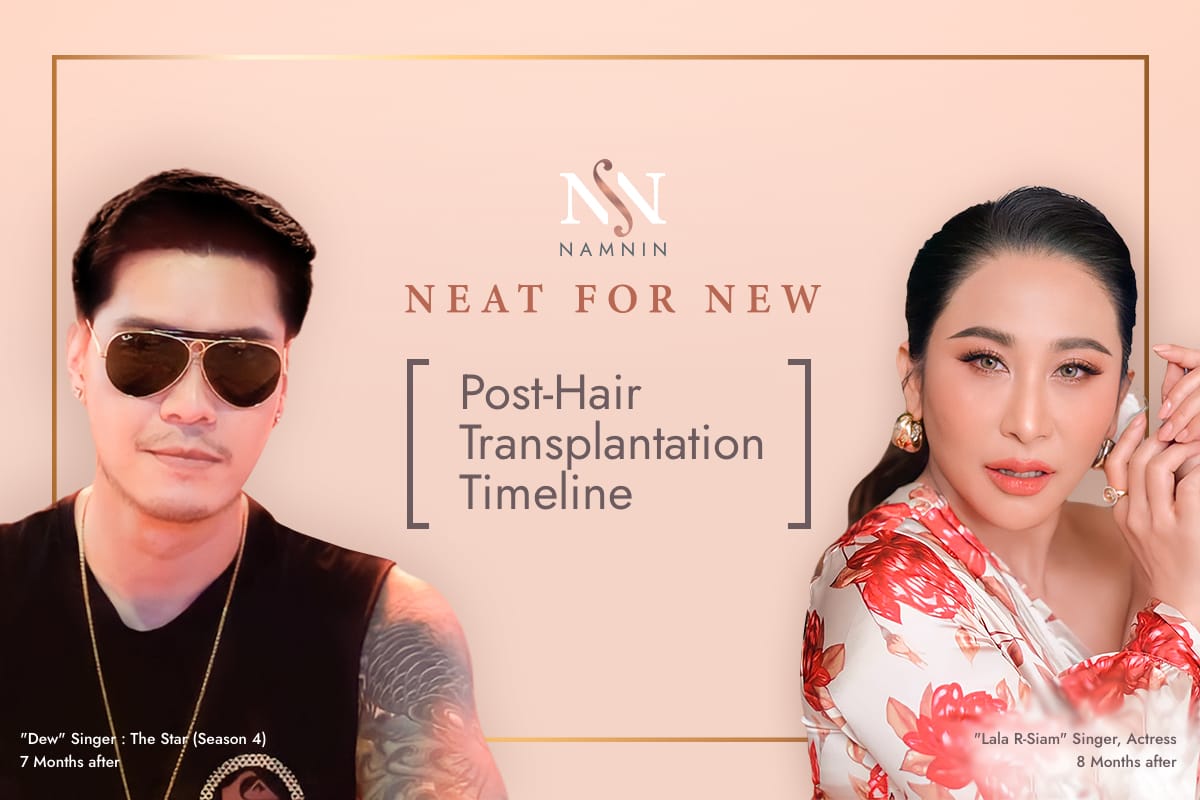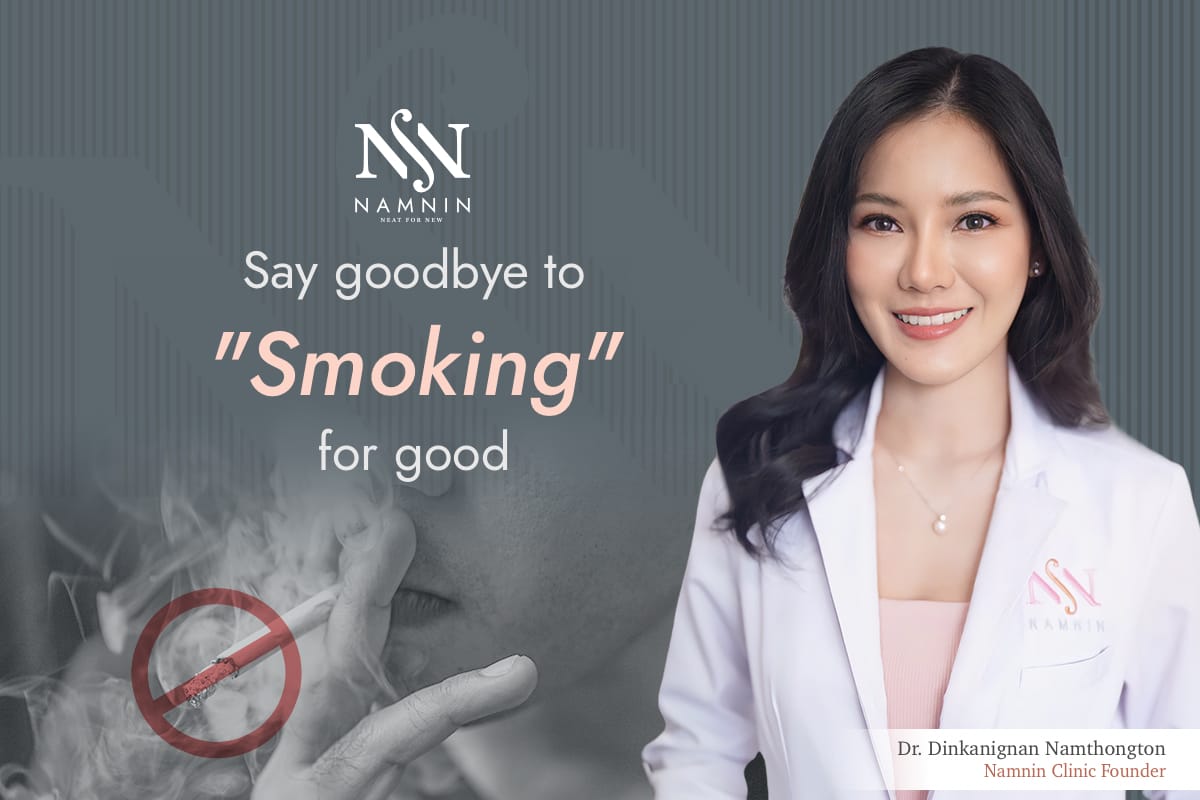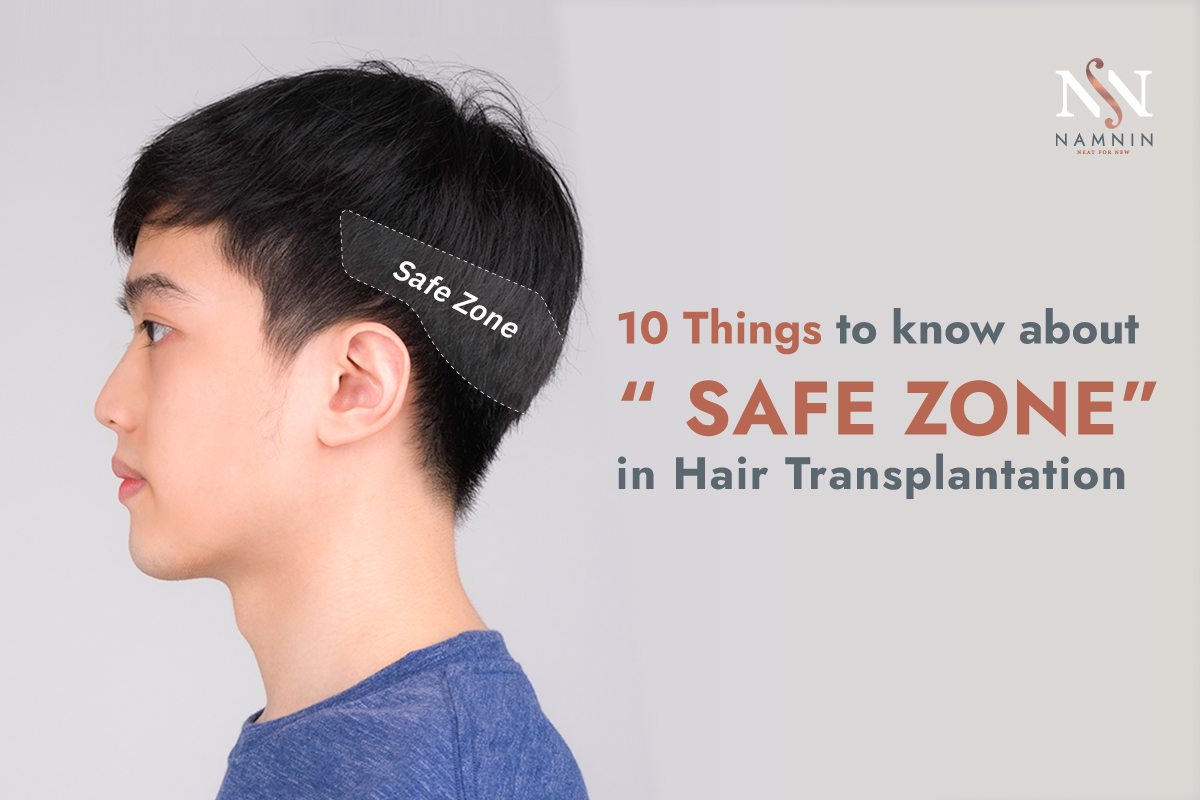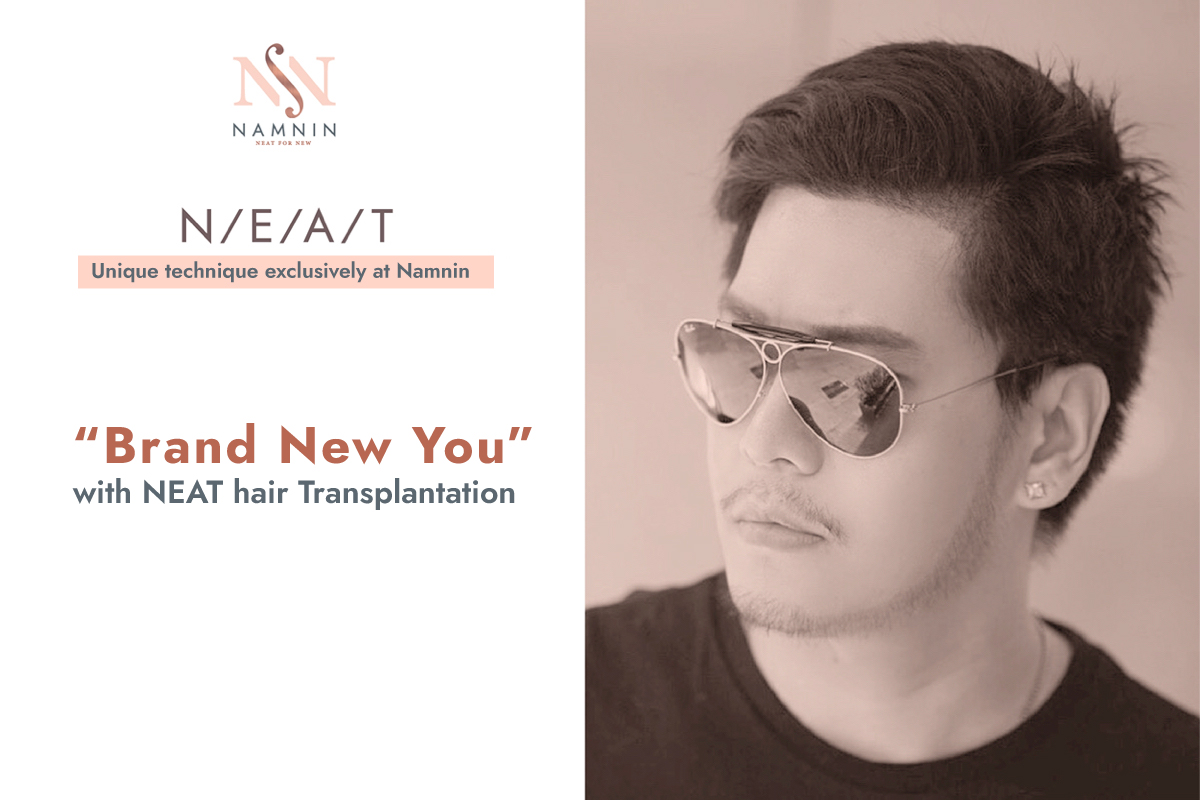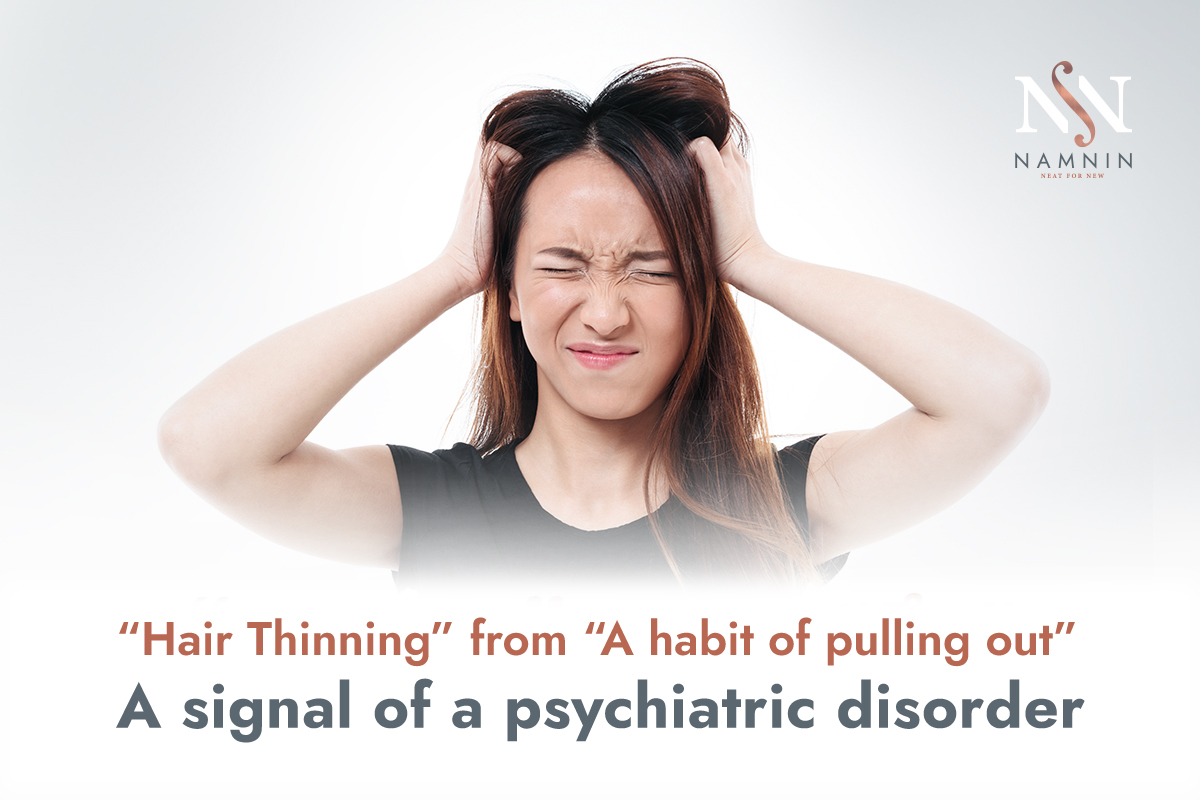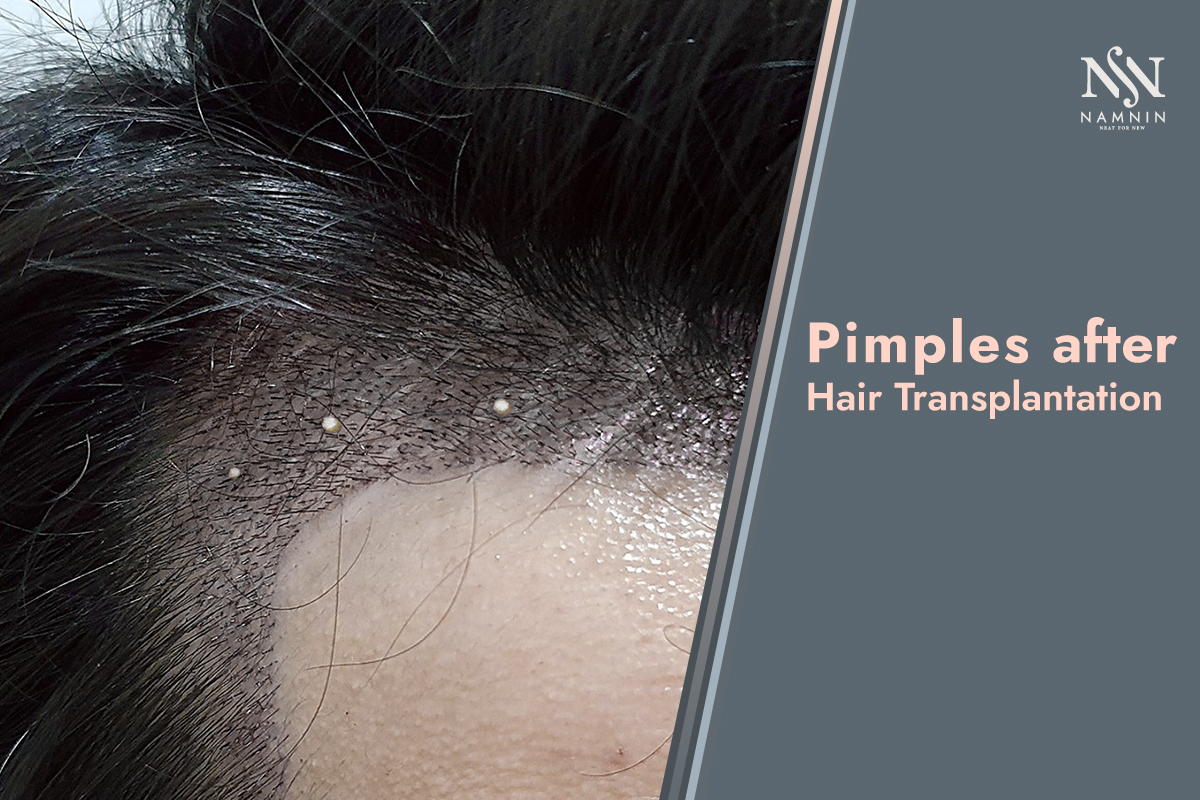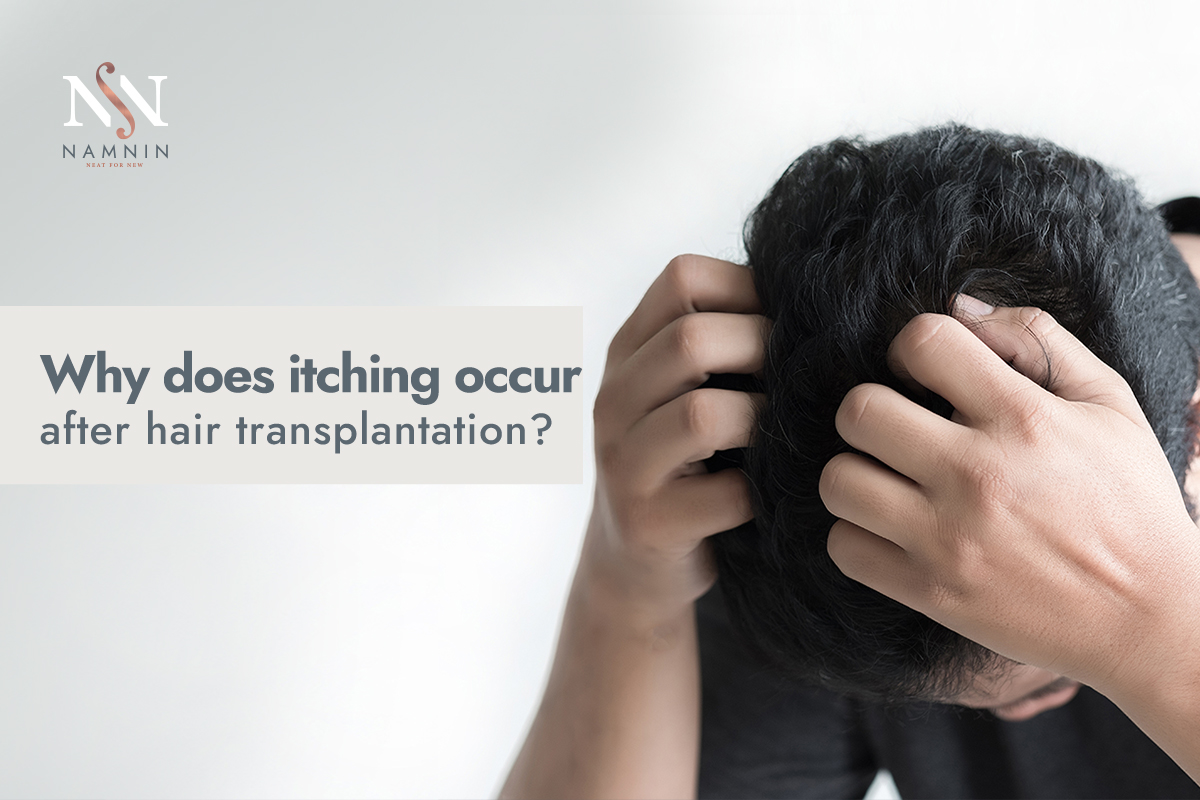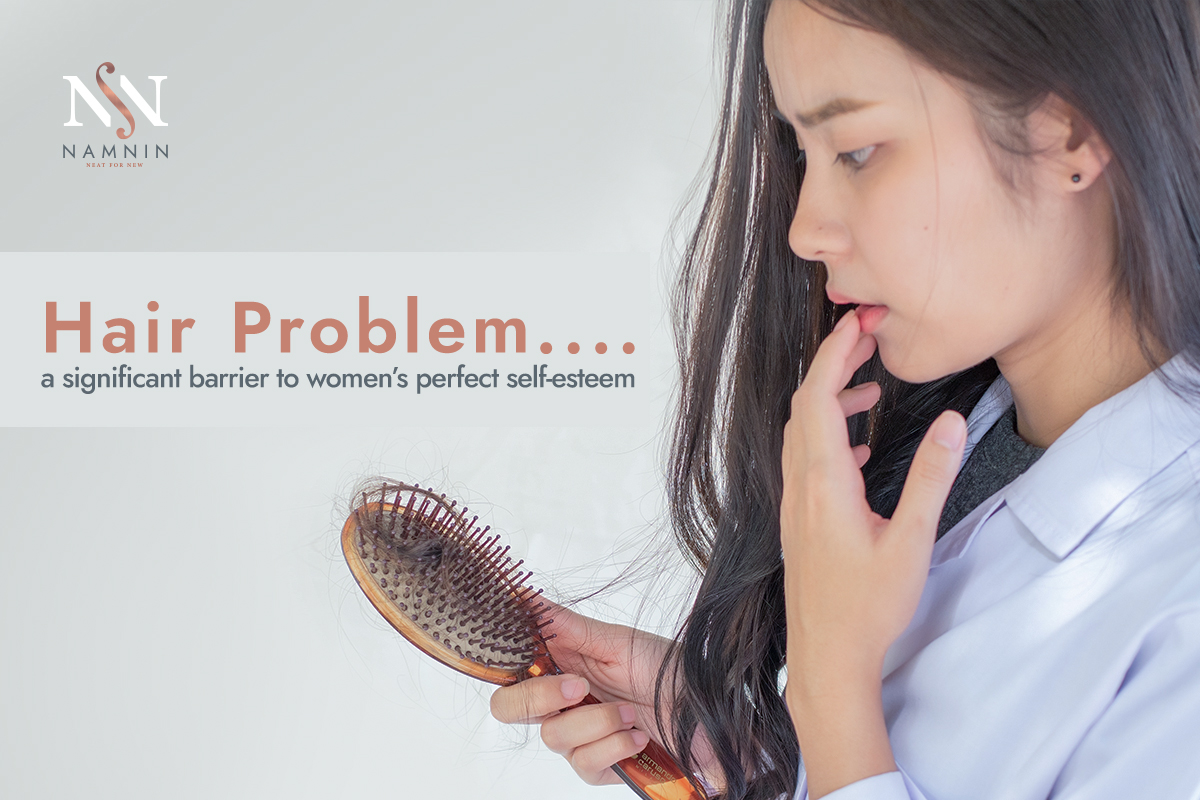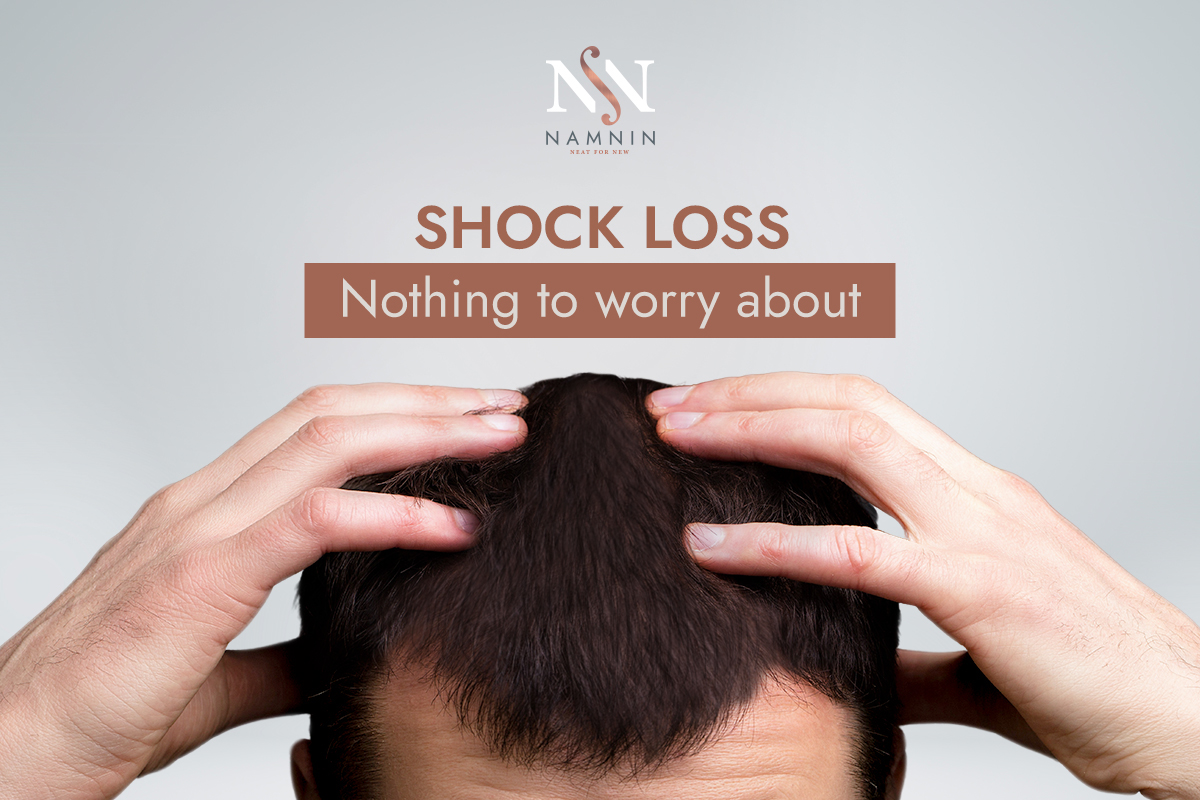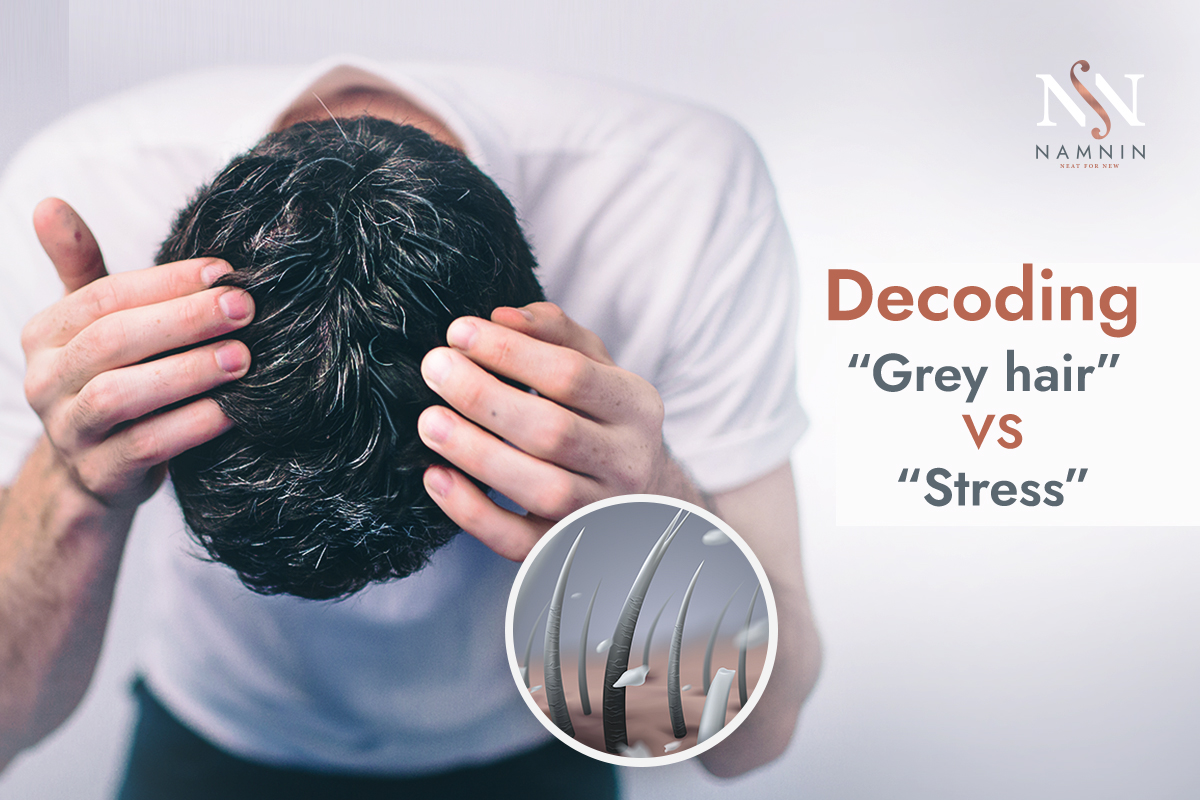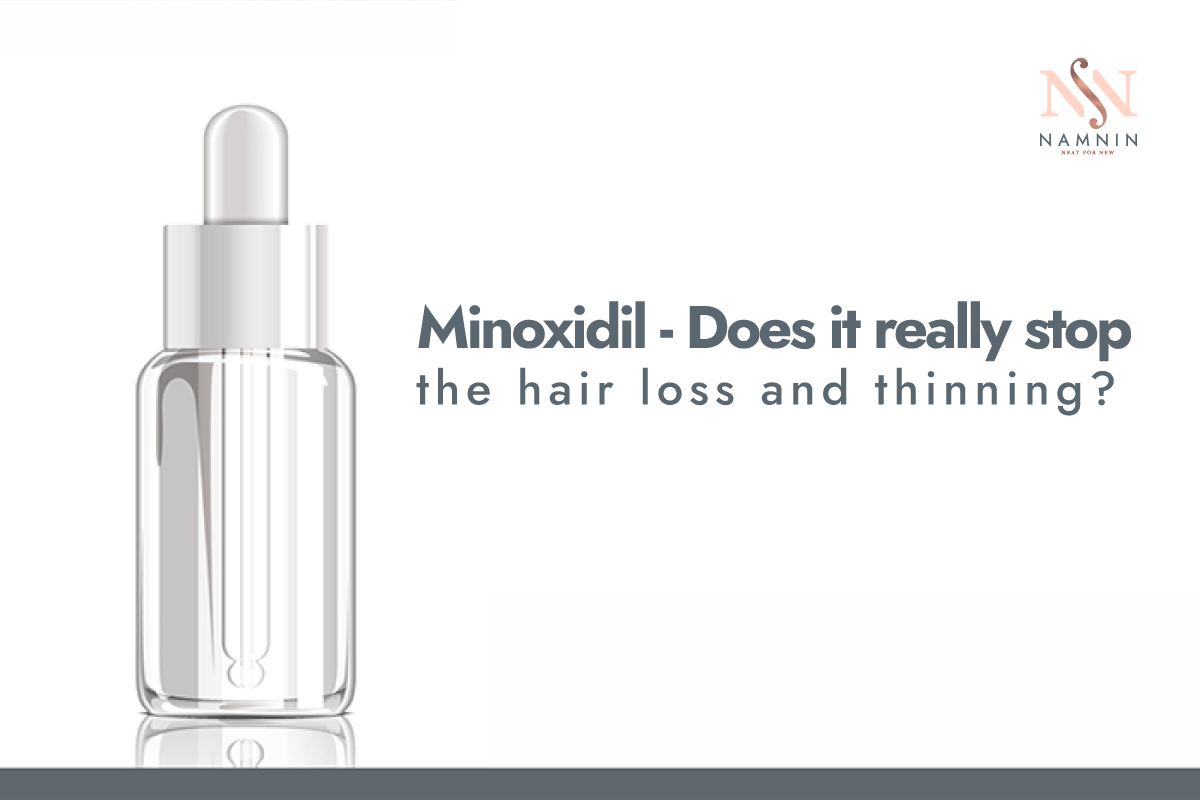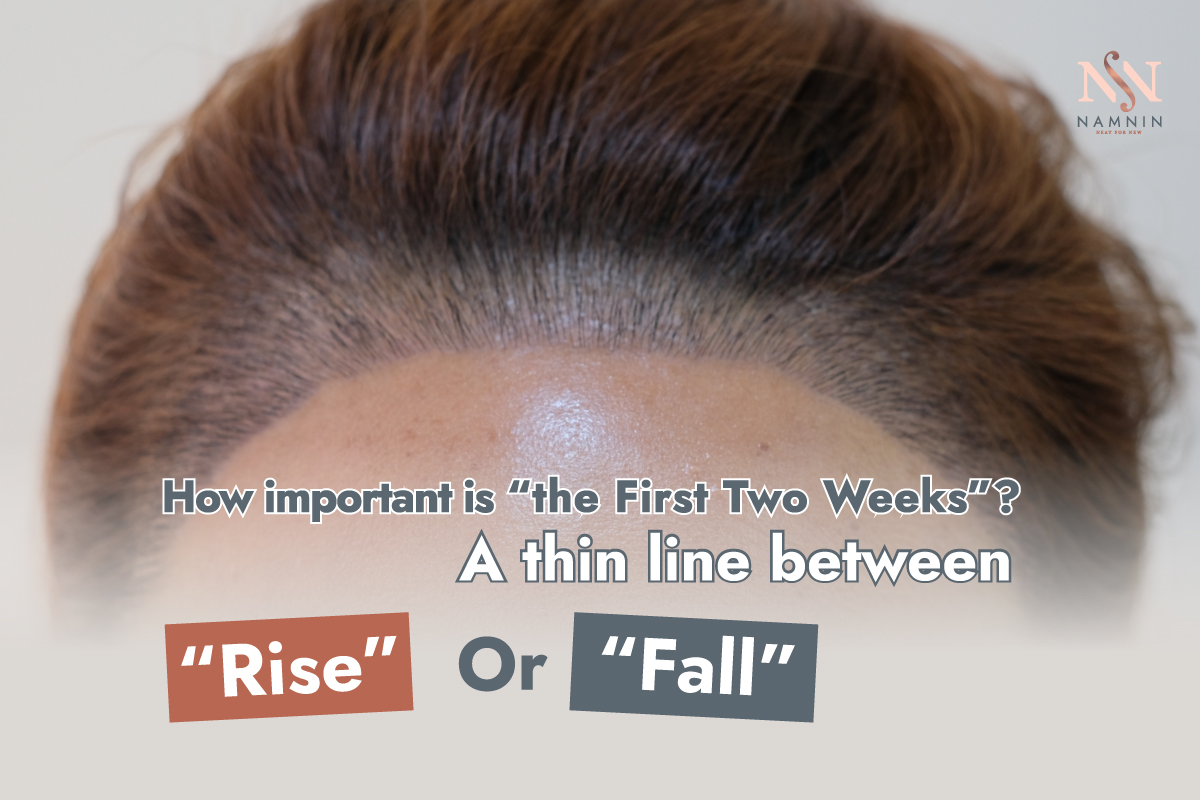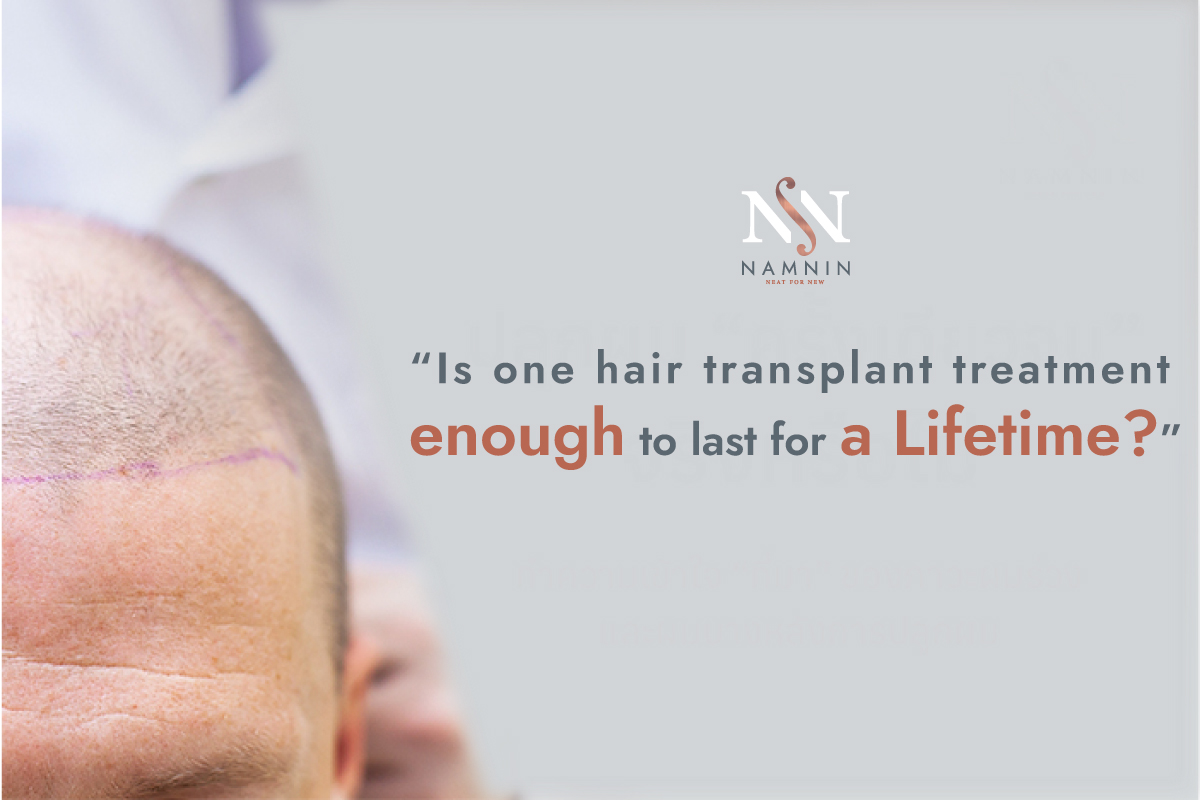“The second hair transplant” may make many people wonder if a hair transplant is not enough! Why is the hair transplant needed to be performed repeatedly? How does the first procedure differ from the second one? Do I need to undergo the surgery twice?
Let's clear up four questions about the second hair transplant frequently asked...
1. Why do people get a second hair transplant?
Hair transplants can be called an essential investment. People want to end their hair loss and thinning problem with an attempt of hair transplant, but some cases additionally requires the second surgery though.
After getting the first hair transplant, the hair still looks thin and bald
Common mistakes caused by ineffective surgery or improper calculation and planning may cause unsatisfactory results like the ongoing problem of hair thinning and baldness.
In some cases, it may be caused by the patients themselves with inattention and negligence, for instance, not taking the medication as prescribed by the doctor, running the risk of damaging their grafts and scalp like aggressive scrubbing, doing strenuous exercise, or direct sun exposure, especially during the first 2 weeks after undergoing hair transplant surgery because it’s the most sensitive period for newly implanted hair.
Due to those activities, instead the satisfaction to be met, the adverse result appears. To reach the goal of the confidence restored and the personality enhanced, the second hair transplant is therefore a hopeful alternative for those who suffer from hair loss and baldness.
I underwent my first hair transplantation, but I’m still experiencing the baldness!!
Sometimes, a hair transplant may not completely solve the problem of hair loss and thinning due to biological factors of each individual. This’s the reason why some patients still experience the hair loss, thinning hair, or even baldness although they underwent a hair transplant.
How did this happen? Firstly, you have to understand that one of the major causes of hair loss and thinning is genetic inheritance and hormonal factor i.e. testosterone which is converted to DHT (dihydrotestosterone) by the 5-alpha reductase enzyme, resulting in the smaller hair follicles that leads to weak and thin hair, and shortened cycle.
However, if you look closely, you will find that hair loss and thinning hair tend to occur in area of the forehead or on the crown (top of head) rather than at the back of the head. That's because the hair follicles at the occipital area are stronger due to their DHT-resistant properties regardless of where they are. Therefore, generally the hair from this safe donor zone is always selected and used in the successful hair transplantation.
Although we can be assured that the newly implanted hair will be strong and able to live with us for the rest of our lives, it does not cover all over our head. New hair follicles have been inserted only on the problem area but the rest is the original one that may be influenced by DHT hormone naturally and unavoidably. This is the answer to a question of baldness and hair loss recurred, requiring the second hair transplant.
It's true that taking good care of your hair and adjusting or avoiding risky behaviors can help slow down your hair shedding or hair loss. However for those who have been diagnosed with hereditary-pattern baldness, your doctor may recommend a second hair transplant to increase your hair density.
Dissatisfied with the hairstyle gained from the first hair transplant
Preference and satisfaction is the personal taste of each individual. Some people may not feel utterly confident with the result gained from the first hair transplant or some may need to change their appearance and personality with their own purpose. In this case, a second hair transplant is a right solution as well.
2.What are the limitations of the second hair transplant?
The number of hair grafts available for re-transplantation may be insufficient.
As you know, in hair transplantation the surgeon relies on utilizing the hair grafts removed from the occipital area (the back of the head), which is strong and not easy to fall out, but the number of hair follicles on this safe donor zone is limited. Especially for those who underwent a hair transplant and a number of hair roots were removed significantly. Therefore, to perform the second hair transplant, it is necessary to consider and evaluate if the remaining hair grafts are sufficient.
Too large area of baldness
In case of too large area of baldness or hair loss, the number of hair grafts on the safe donor area may be insufficient for the successful and satisfactory hair transplant surgery the second time.
However, the skills and experience of medical professionals plays an important role in the effective allocation of hair follicles, taking into account the condition and severity of hair loss, thinning hair, and baldness, including the total problem area being solved. With the expertise of experienced surgeon and effective management, the successful outcome of the second hair transplant is reachable practically.
Scars left by the first hair transplant
The scars left on the scalp after the first hair transplant is another limitation that may cause the difficulties and potential failure. To increase the possibility of the perfect outcome, applying a right treatment that leaves the least scars is likely to be an essential productive tool as well.
3.What people often misunderstand about the second hair transplant?
Many people think that the second hair transplant will help deal with their hair loss and thinning hair perfectly and completely. But as you know, there are the limitations obstructing the smooth hair transplantation procedure, the satisfying outcome obtained from the second hair transplant cannot be fully guaranteed.
In some cases, the patients who underwent the first hair transplant may be experiencing the dissatisfactory hair direction, grown in the opposite direction of the rest of the hair. This make the new hair looks dissimilar to the original one and the hair styling is not easy as you expected. It is misunderstood that getting the second hair transplantation will help change the hair direction. Please be reminded that the direction of the hair implanted is unable to be changed.
Therefore, the hair direction of the hair is something we should not overlook. The good start means the excellent finish. Your first hair transplantation should be selected and performed carefully and deliberately. Only the true surgeon deeply knows and never neglects the different direction and angle of every single hair strand. The doctor therefore needs to select each hair strand to be suitable for each area before performing the implantation. Then each hair follicle must be inserted into the scalp one by one to ensure that the patient will go home with the most naturally beautiful hair that blends in with the original hair. Finally, the patients can do any preferred hairstyle, no matter short or long.
4.What should I do if I don't want to have the second hair transplant?
Surely, we don’t want to get a second hair surgery if we can choose. The second hair transplant cannot fully guarantee that you’ll have a perfect result. Moreover, for many cases, the hair transplantation can be performed only twice due to the limitation of hair follicles. Recommended by the experienced doctor, the most effective and reliable procedure in the first hair transplant is extremely needed. In addition, aftercare is the key factor indicating your finish line. Do it best the first time so that the second is not needed.
For those who are experiencing the severe hair loss, thinning hair or even baldness, we’d like to recommend you to consult the experienced doctor who can help you calculate the hair graft accurately and provide the best fit solution for you so that your beautiful and healthy hair along with the perfect confidence can be recalled and restored delightfully.
